Tom Bombadil is left out
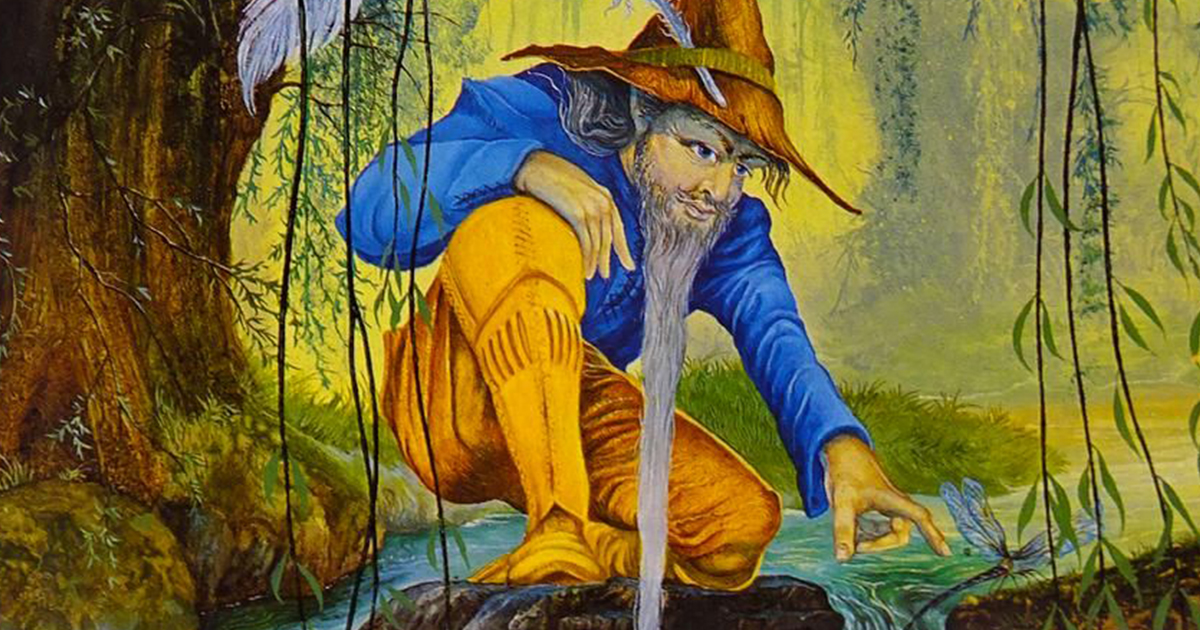
One significant character from J.R.R. Tolkien’s books left out of The Lord of the Rings movies is Tom Bombadil. In the original text, Bombadil is a friendly yet enigmatic figure who helps the hobbits on a number of occasions. Hand-in-hand with Bombadil’s omission, the movies also leave out the key chapters in which he appears, including the confrontations with Old Man Willow and the Barrow-Wight.
Arwen didn’t originally rescue Frodo
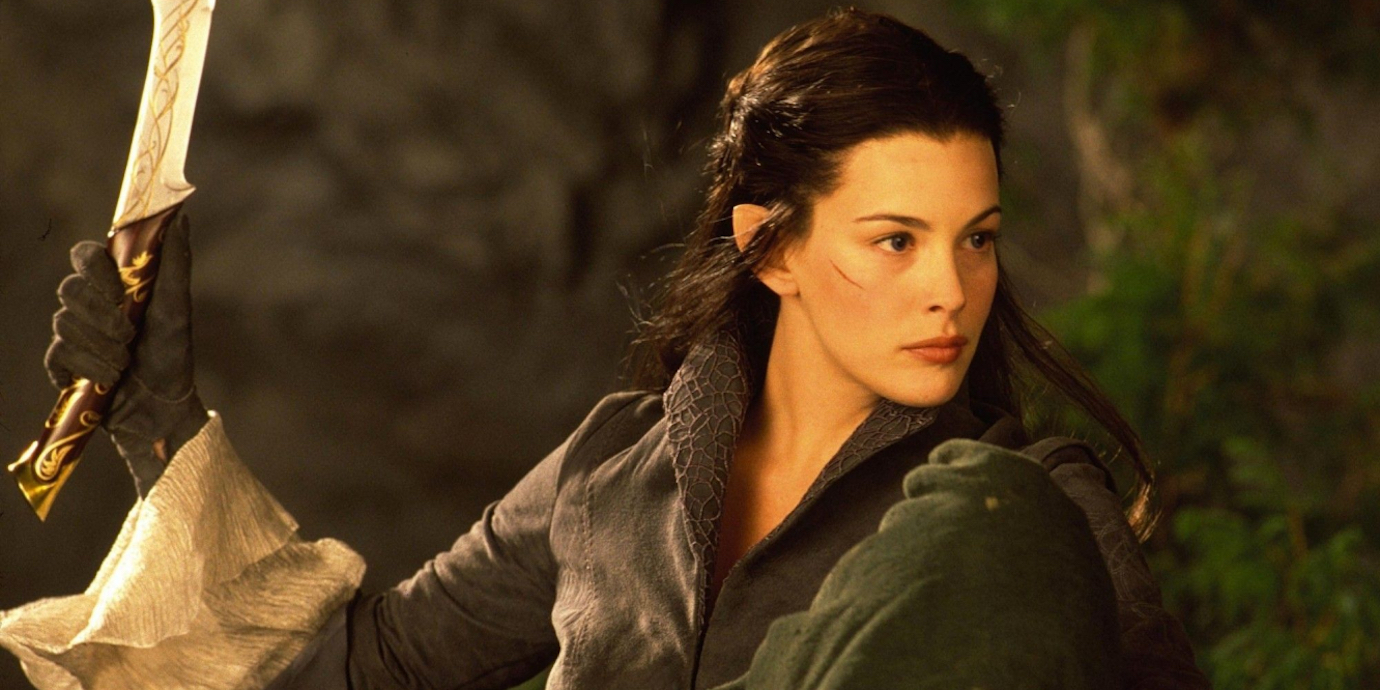
Everyone remembers the thrilling scene in The Fellowship of the Ring when Arwen carries a wounded Frodo on horseback, telling the Ring Wraiths, “if you want him, come and claim him!” Those familiar with the books raised an eyebrow at this, however, as originally Frodo was ridden to safety by Glorfindel, an elf who the movies left out.
The Scouring of the Shire is omitted
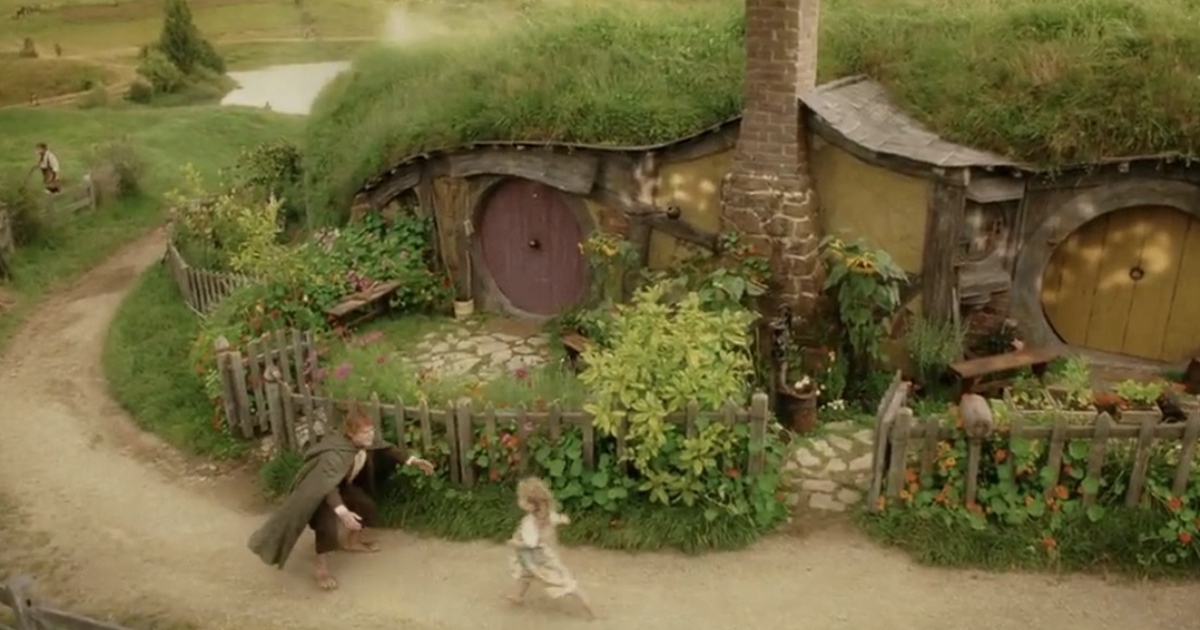
The film adaptation of the final book The Return of the King is notorious for an end sequence that seems to go on forever, but things would have gone on even longer if they’d stuck to Tolkien’s text. Rather than returning to a happy Shire, the book sees the hobbits find their people enslaved by a cruel industrialist, leading Frodo and co to lead an uprising.
Originally, a fifth hobbit helped Frodo and friends
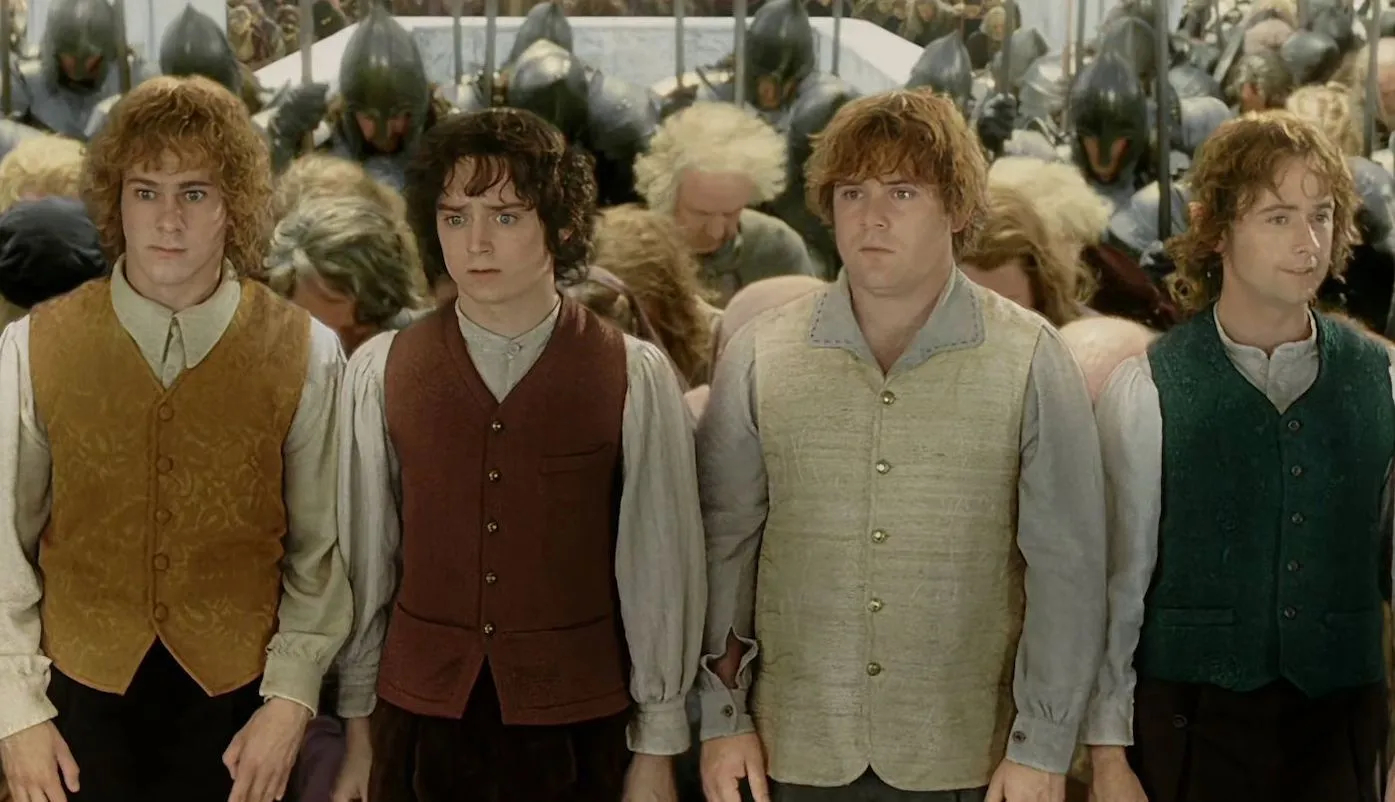
Fans of the movies know that Frodo Baggins is supported in his journey to Mordor by his good friends Samwise Gamgee, Merry Brandybook, and Pippin Took – but nowhere on film do we see the fifth member of that group, Fredegar Bolger. In the books, he joins them for the first leg of their journey and helps hide the fact that Frodo has left the Shire.
Shelob originally arrived midway through The Two Towers
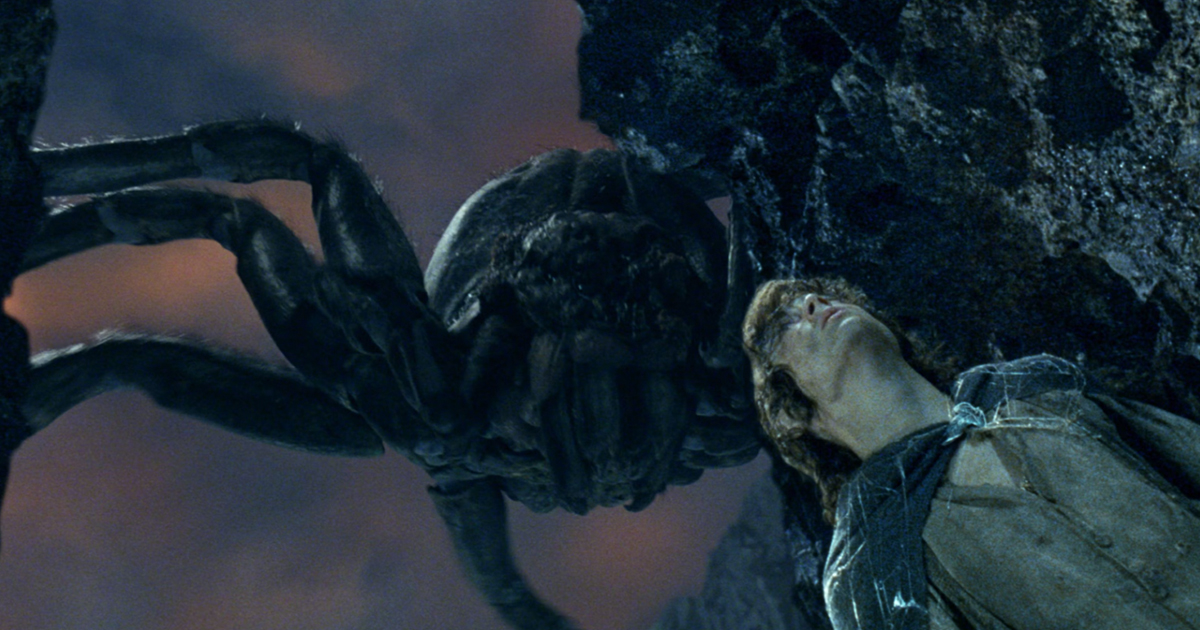
One of the most frightening sequences in the Lord of the Rings film trilogy comes in the final movie The Return of the King, when Frodo and Sam face off against the fearsome giant spider Shelob. However, this showdown originally came during the second book The Two Towers, and was moved to give Sam and Frodo something more dramatic to do in the last movie.
The Eye of Sauron was originally only a symbol
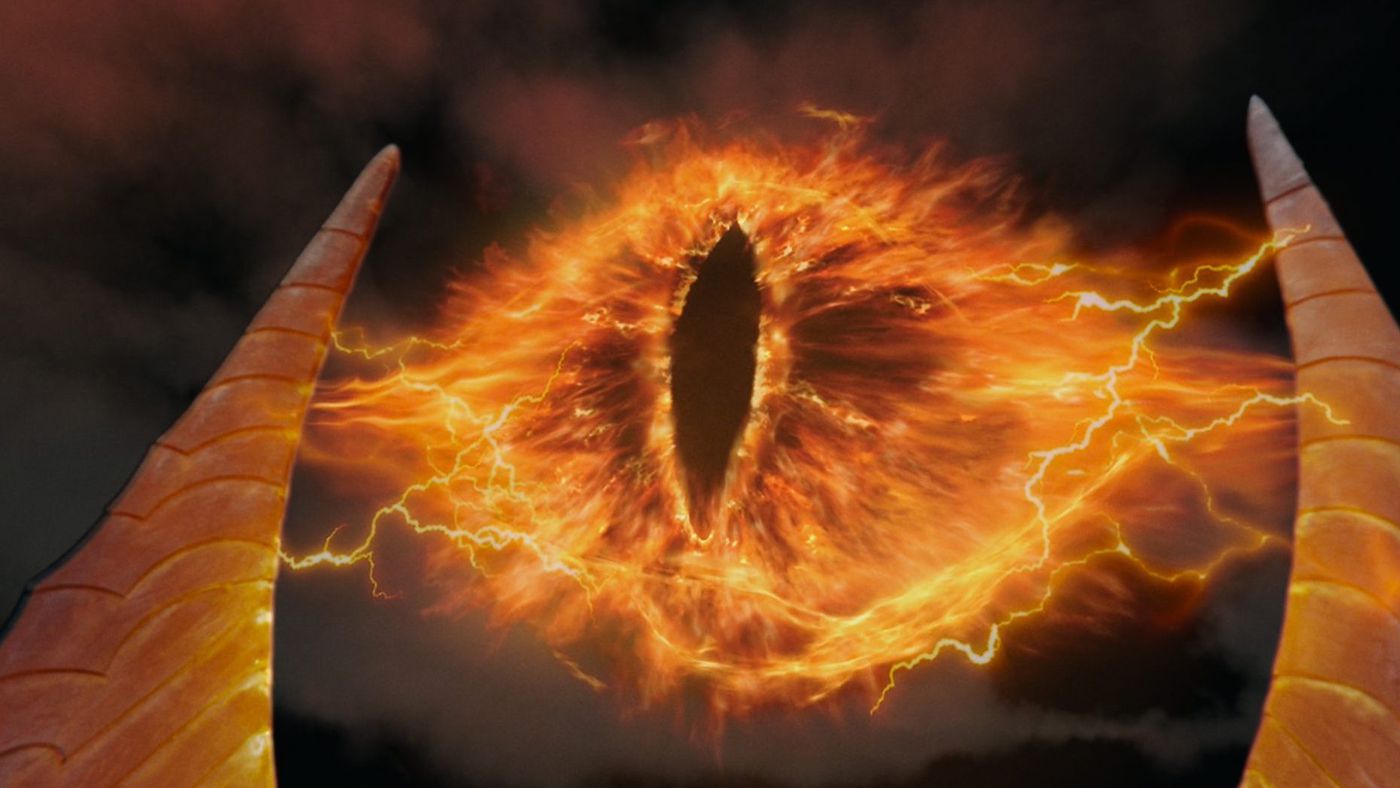
The Eye of Sauron is a constant presence in The Lord of the Rings books – but in a more figurative way than in the films. Tolkien wrote of the eye is a symbol adopted by Sauron’s followers. It’s only in the movies that it becomes a literal eye atop of a tower in Mordor and a physical manifestation of Sauron himself.
Borimor originally died early in The Two Towers
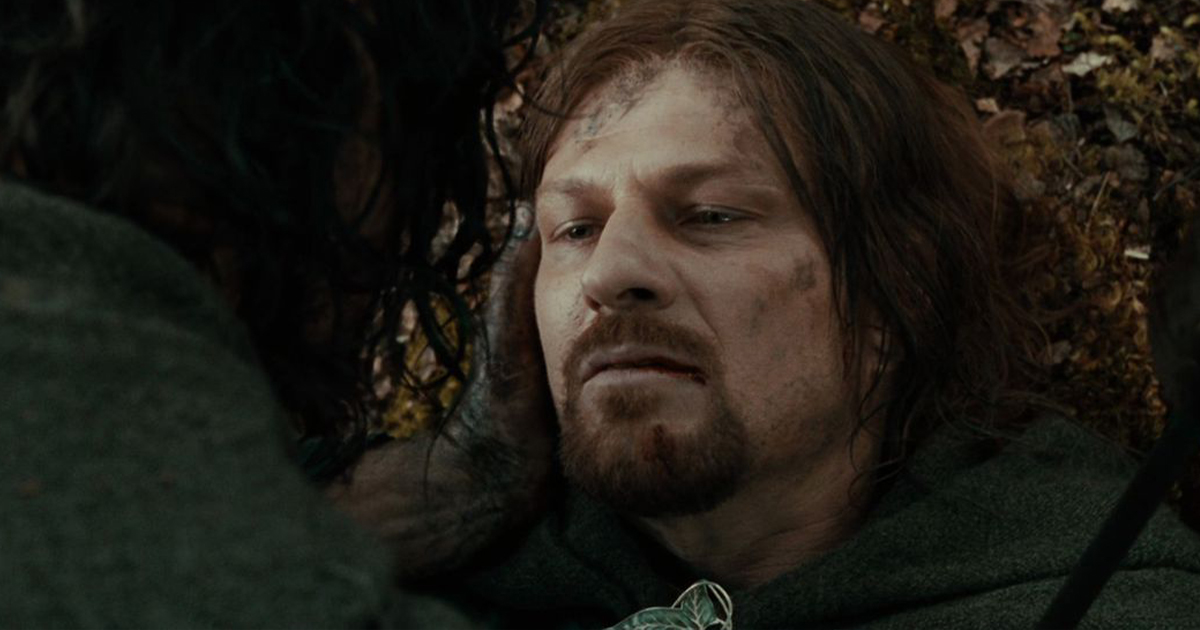
What would the ending of The Fellowship of the Ring be without the heroic death of Boromir? Well, just ask anyone who’s read the books. Though the first movie ends with the conflicted but well-meaning soldier slain while defending Merry and Pippin, Boromir originally met this fate early in the second book The Two Towers.
Aragorn always wanted to be king in the books
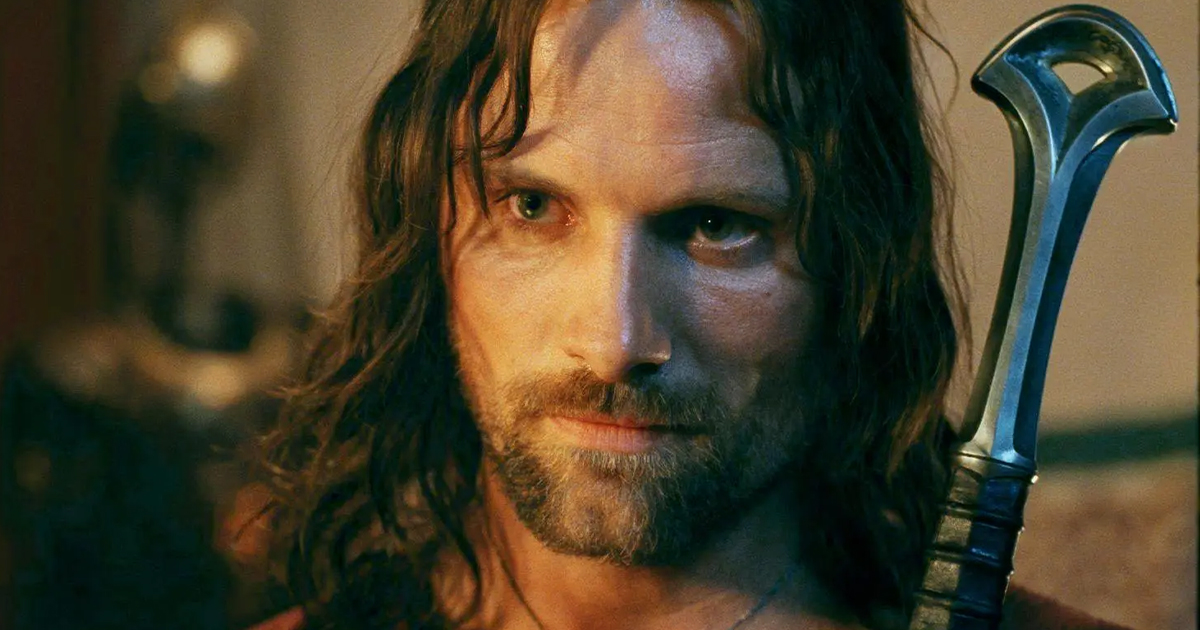
Viewers of the films will recall Aragorn as a somber, mournful soul, deeply conflicted about his royal heritage and unwilling to take up his rightful position as king. This is quite far removed from how the character is originally portrayed by J.R.R. Tolkien. In the books, Aragorn is proud to be heir to the throne and wants very much to be crowned king.
The Hobbits weren’t all young in the books
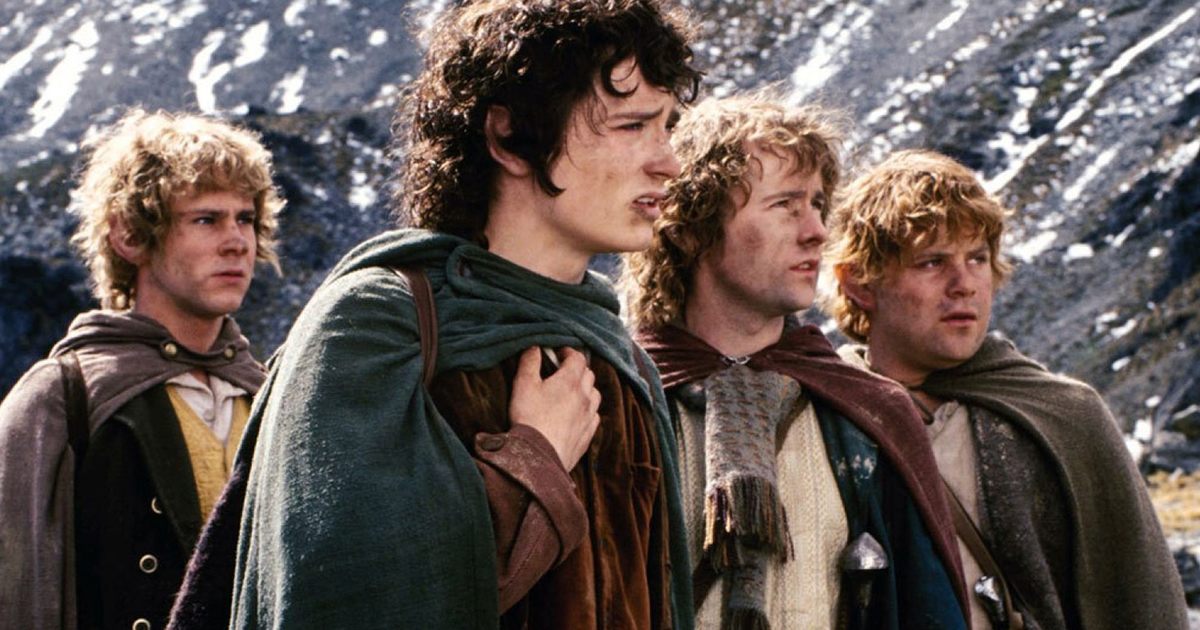
Based on their representation in the movies, you’d be forgiven for thinking the four central Hobbits were all relative youngsters aged roughly the same as one another. In the books, the characters are a fair bit older and indeed vary in age. Frodo is the eldest at 50, Sam is 38, Merry is 36 and Pippin is the youngest at 28.
The War of the Ring is heavily condensed
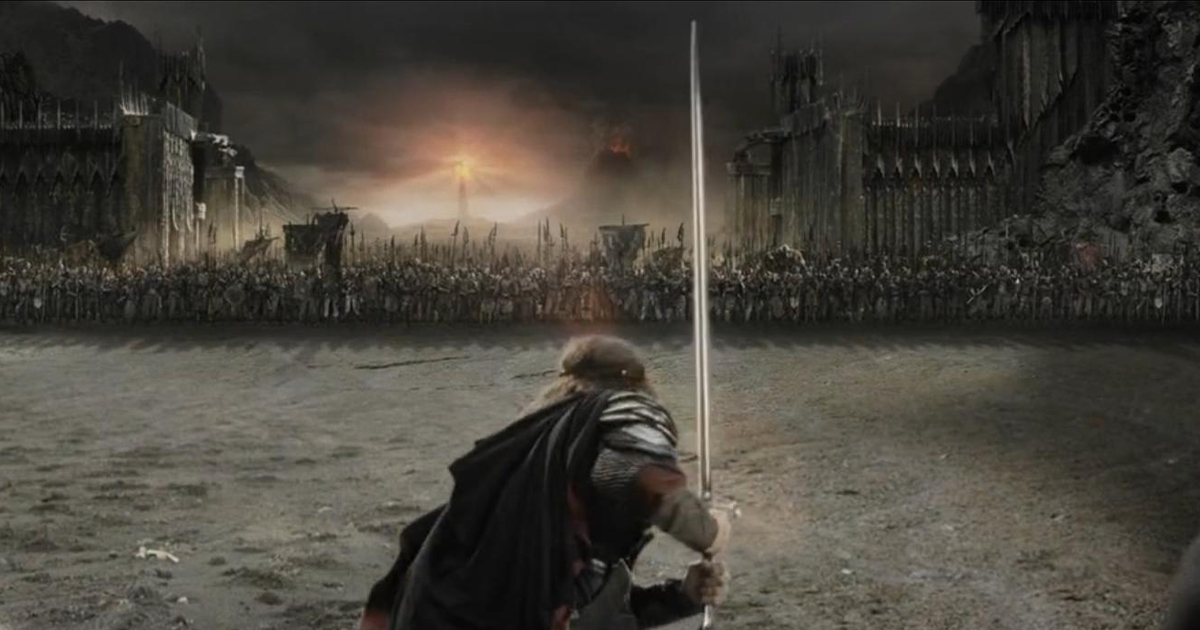
In the film adaptation of The Return of the King, the War of the Ring is decided by a single, epic battle. Of course, things are only ever that simple in the movies. Tolkien recognized this, hence in the book several more epic battles are waged against Sauron’s forces before they are fully defeated.
Frodo doesn’t begin his quest immediately
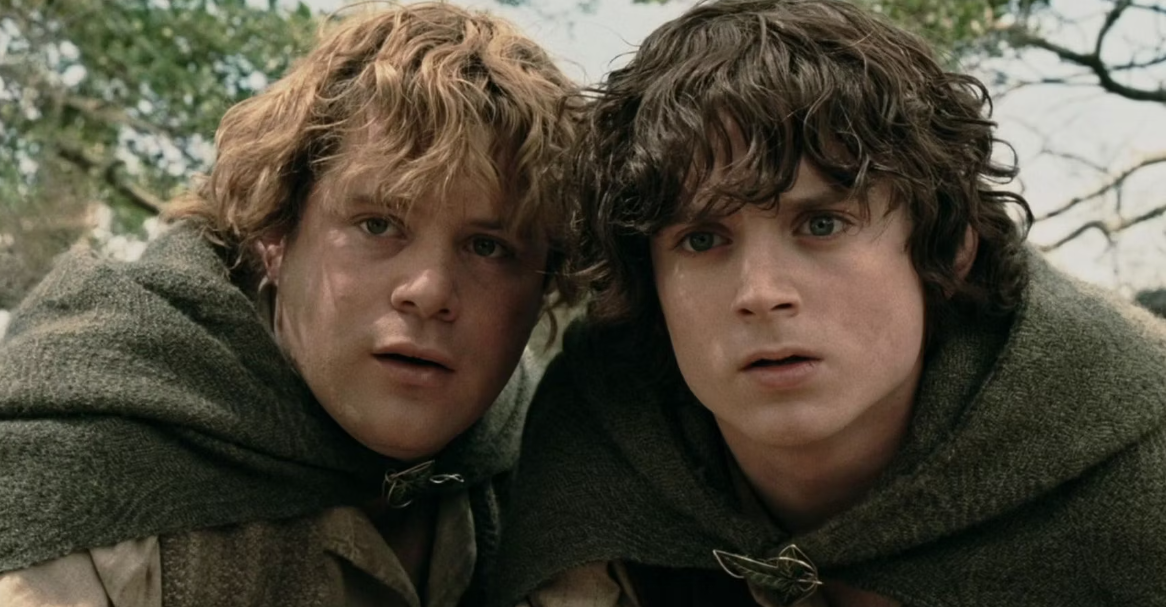
The beginning of The Fellowship of the Ring shows quite a quick timeline, beginning at Bilbo’s 111th birthday celebrations and the ring being given to Frodo, spurring the sequence of events. In the books, however, Frodo waited 17 years between Biblo’s birthday and the beginning of the quest.
The elves are much more joyful
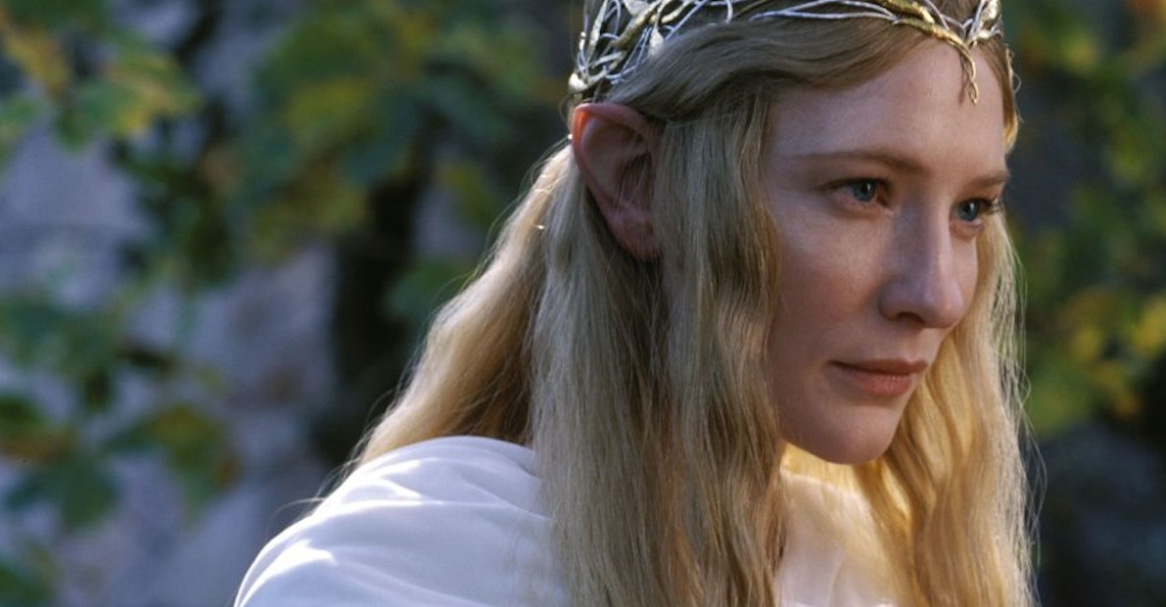
While the movies portray the elves of Lord of the Rings as very somber, with little humor or interpersonal conflict, the books paint the elves in a very different light. They are humourous beings. They even make fun of the hobbits, joking about mortal men and hobbits that “to sheep other sheep no doubt appear different.”
Sam and Frodo’s relationship is very different
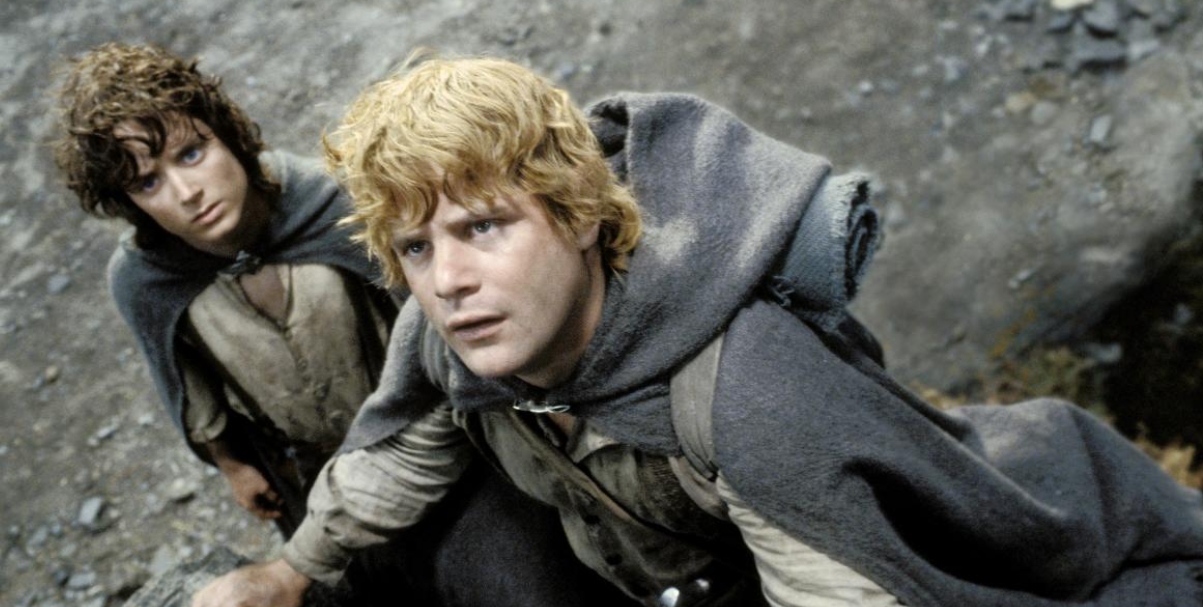
In the books, there is more of a focus paid to the class structure of Hobbiton, allowing us to see how to society mirrors or diverges from that of humans, and with that, the power dynamics at play between the central characters shifts. Samwise essentially serves as a gardener and a servant to Frodo – which then explain his fidelity and loyalty.
The Army of the Dead does not actually arrive to battle at Minas Tirith
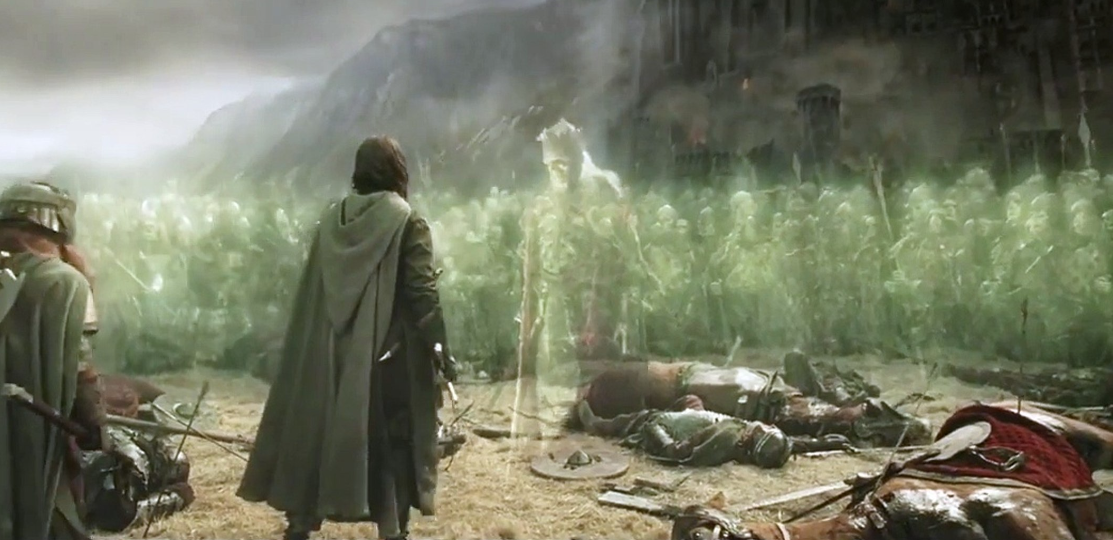
While in The Return of the King, it is a great moment of celebration when Aragorn arrives with the army of the dead to the battle at Minas Tirith, earning their fealty as the heir of Isildur, the book and film adaptations diverge upon this. In the books, it is the Grey Company, not the dead, that arrives with Aragorn to fight against the orcs.
Denethor is much nobler
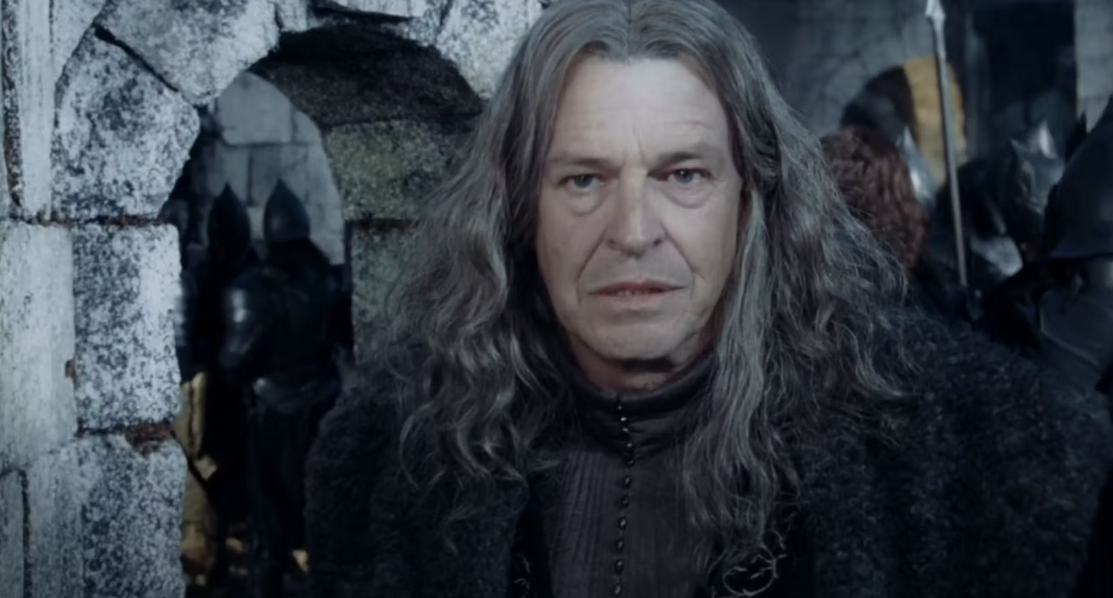
The ruling steward of Gondor is a much different character in the books and the films, possibly due to Peter Jackson attempting to condense the supporting characters. But many fans have been saddened by this decision, as Denethor was originally far more complex and noble. While still consumed by grief, it was on his orders that the beacons were lit in the book.
Faramir is more steadfast against the temptation of the ring
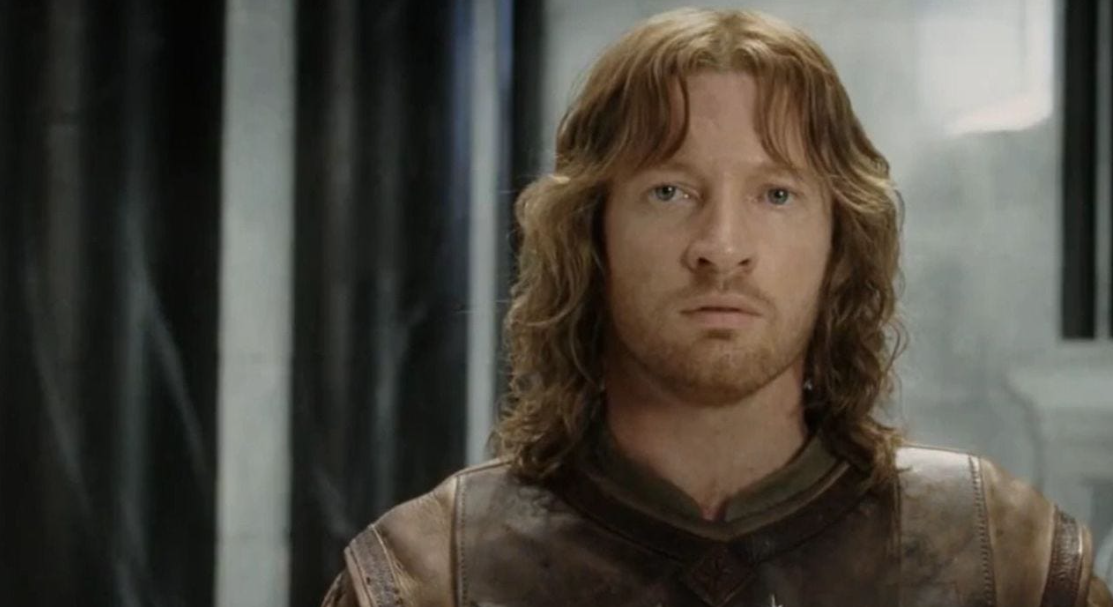
In the books, Faramir was much more of a noble character who could resist the temptation of the one ring but while translating the books into movies, decisions were made to change these parts of the character to ensure that the perceived power of the ring wasn’t weakened. By showing it could affect even the best men, viewers were reminded of its sheer force.
Radagast the Brown had a much larger role
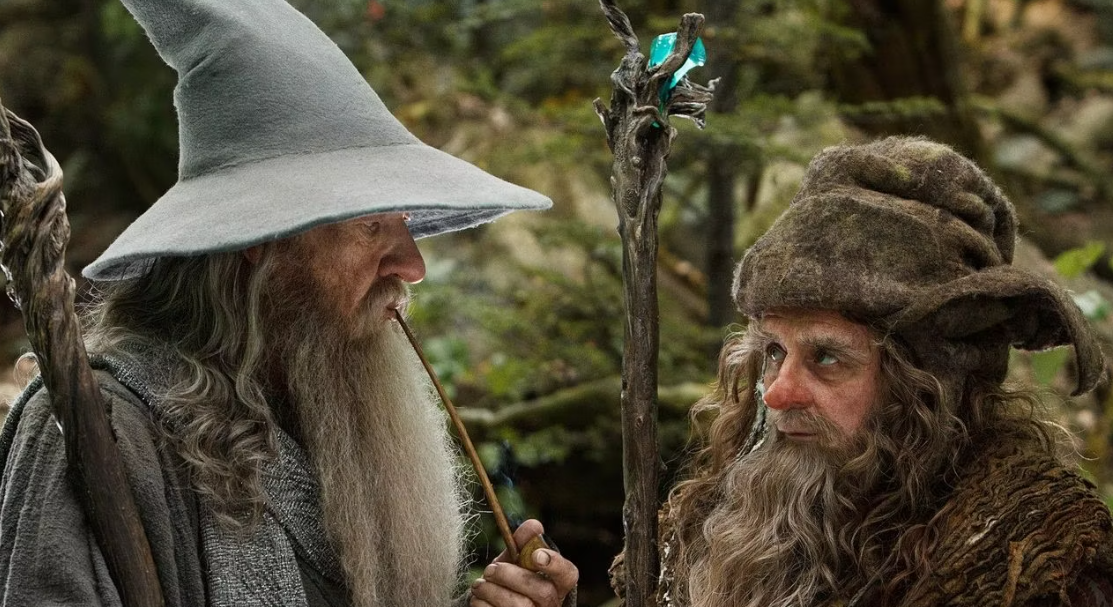
The Great Eagles saving Gandalf is an iconic moment in the series, but the way this comes about differs between the book and film. In the film, Gandalf whispers to a butterfly for help whilst imprisoned by Saruman. In the book, Radagast the Brown tells Gandalf that Saruman is looking for him, and he tells the eagles to report back to Gandalf.
The Battle of Helm’s Deep was the Battle of Hornburg
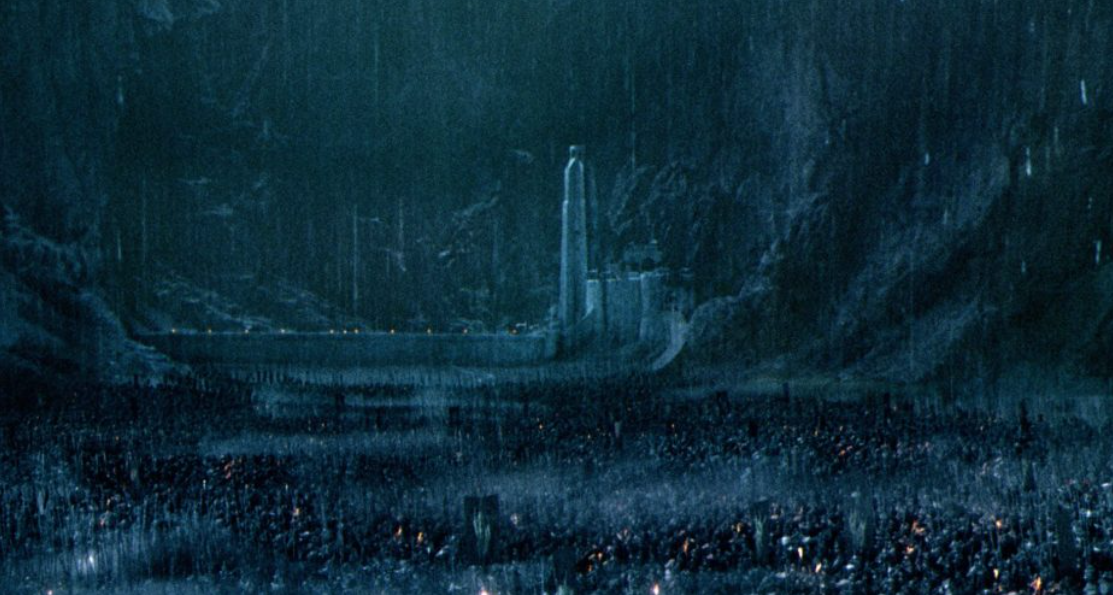
This particular battle was very different in the books and films. While it happened at the same location (the fortress was named Hornburg but it took place in the valley of Helm’s Deep in Rohan) 2,000 Rohan soldiers took part in it, whereas in the film only 300 men fought against the orcs with the help of the elves.
Theoden is under a spell in The Two Towers movie
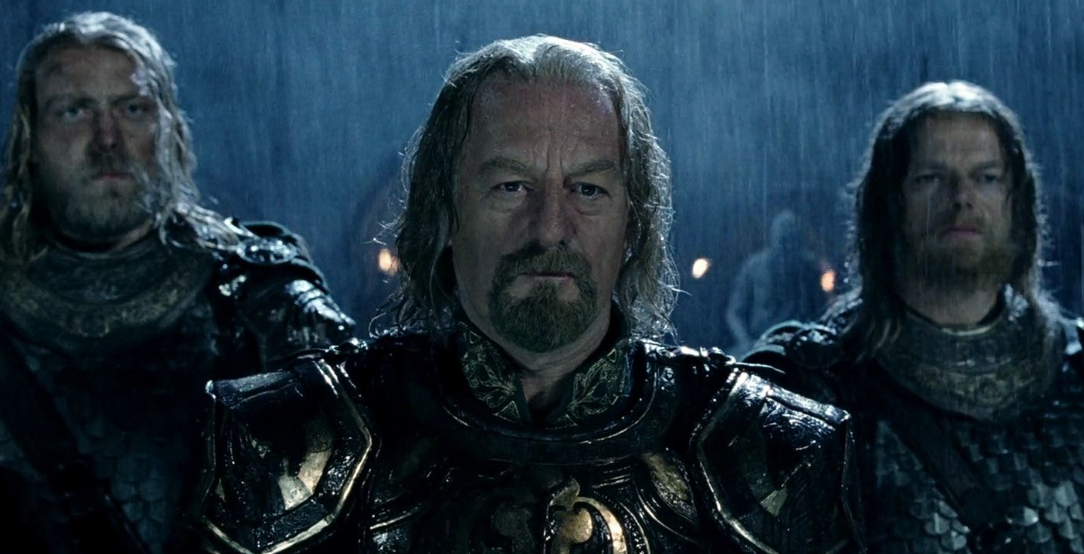
When we first meet the king of Rohan in the Peter Jackson adaptation, he is still under Saruman’s spell which makes him incredibly weak and therefore vulnerable to manipulation. In the books, no such spell exists. Instead, it is simply the grief that the king is consumed by that allows Wormtongue (as a tool of Saruman) to manipulate his decisions.
Haldir of Lothlorien did not die in the books
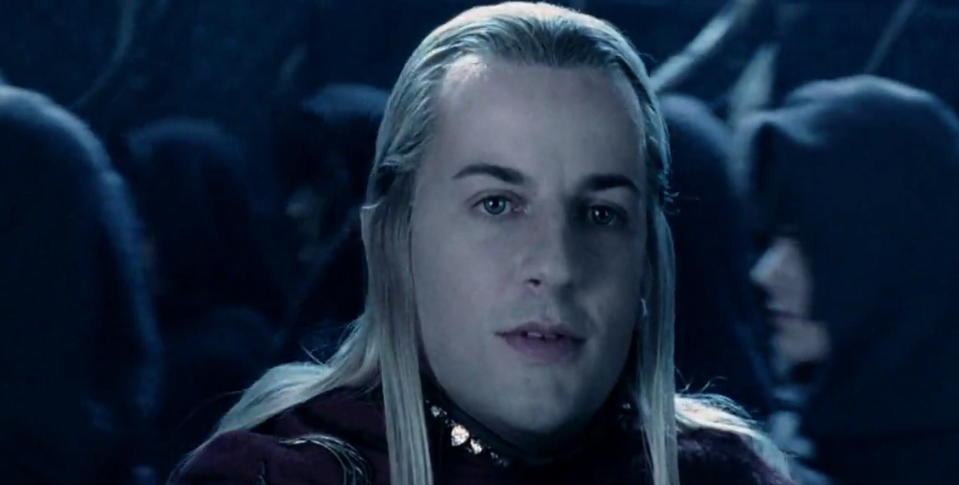
Peter Jackson chose to include the death of Haldir Galahon (who became a guide to Garas Galahon for the fellowship) in The Two Towers. There are many reasons behind this decision – to show the sacrifice the elves are making in the Battle of Helm’s Deep and to shock and surprise the viewers by killing off such a well-liked character.
Merry’s impassioned speech to the Ents did not exist until the films
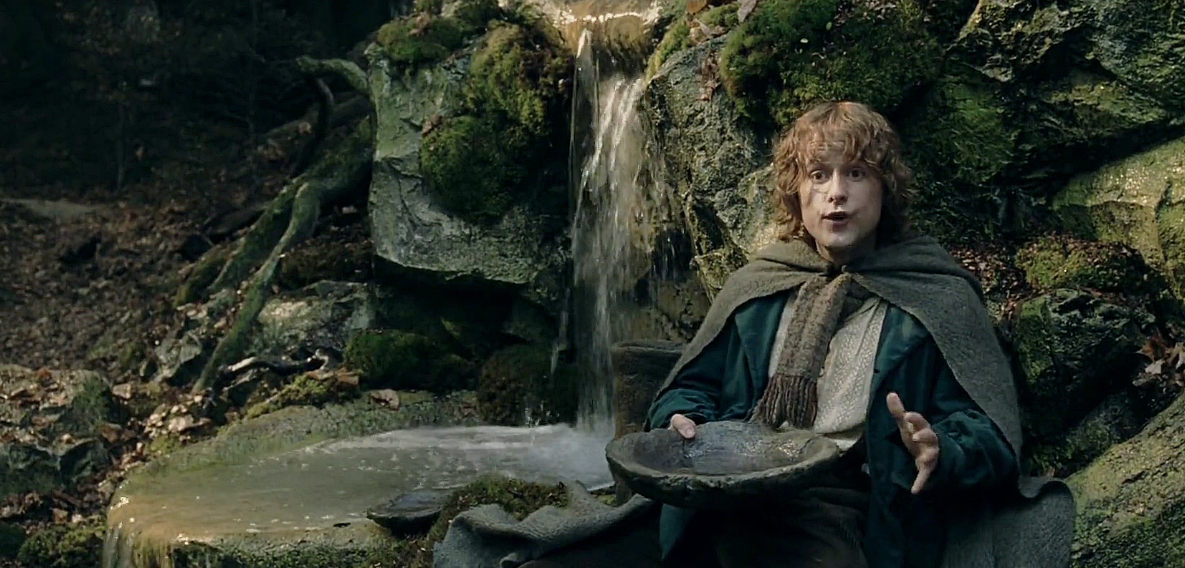
In The Two Towers, Merry and Pippin spend a lot of time with an Ent named Treebeard but the plot diverges at this point in terms of the storyline. In the books, the Ents decide to go to war against Saruman and the Uruk-hai, but in the films, Merry gives a speech to try to convince the Ents this is the right thing to do.
Pippin actually convinces the Ents to wage war in the movies
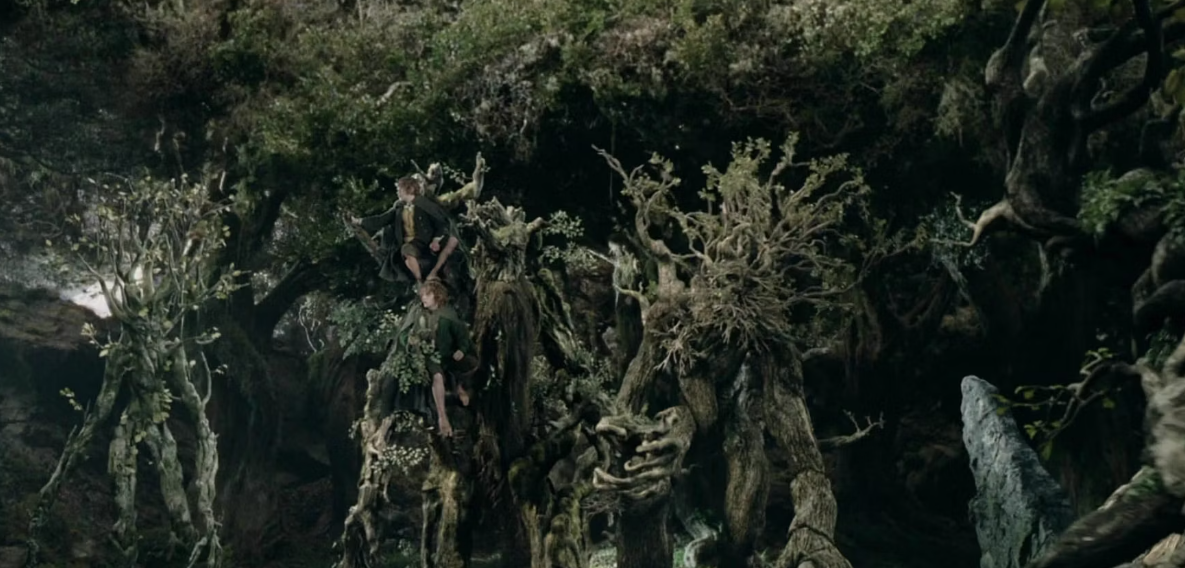
While Jackson chooses to write Merry a speech for the ents, Treebeard is unconvinced at this point, and it is only when Pippin asks Treebeard to take the hobbits home past Isengard and Treebeard sees the damage done to the forest already by Saruman that the Ent decides to call upon his brothers and join in the battle against the forces of evil.
Aragorn and Boromir didn’t feud in the books
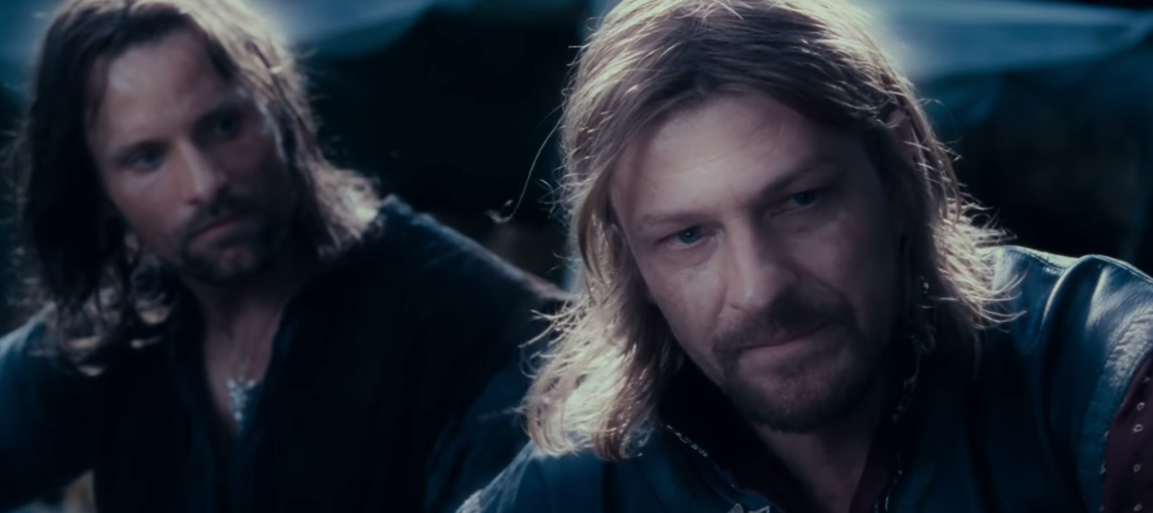
While in the films a lot of the tension in The Fellowship of the Ring comes from the feud and animosity between Aragorn and Boromir, this really wasn’t existent in the books. Aragorn was much more reluctant to embrace his royal heritage and Boromir doesn’t appear resentful of him, meaning the characters are largely on good terms.
Aragorn had a past with the riders of Rohan
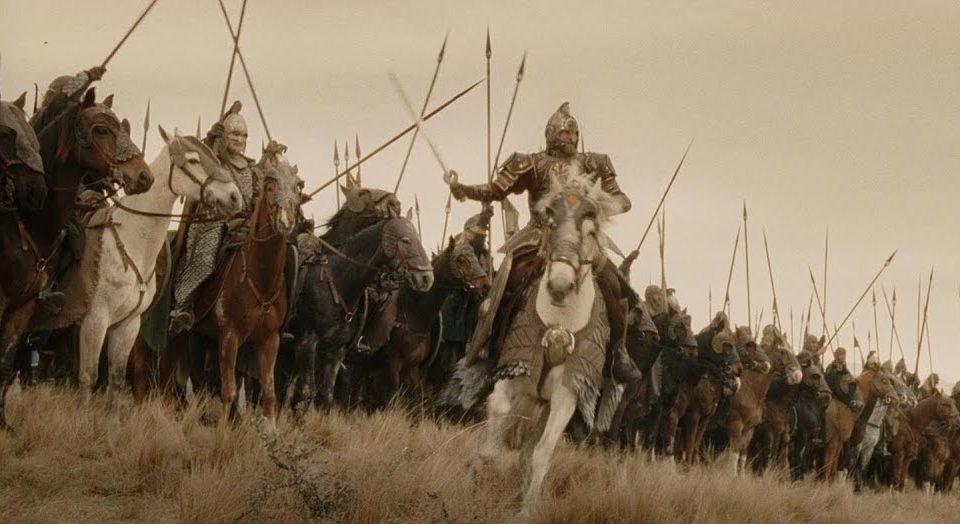
In the books, Tolkien delved deeper into the past of each character and develop the world to a further extent, but some of these details and plot points had to be left out for the sake of length in Jackson’s movie adaptations. One of these was that Aragorn had ridden with the riders of Rohan as a part of his illustrious travel and experience.
The book version of Aragorn was even more impressive
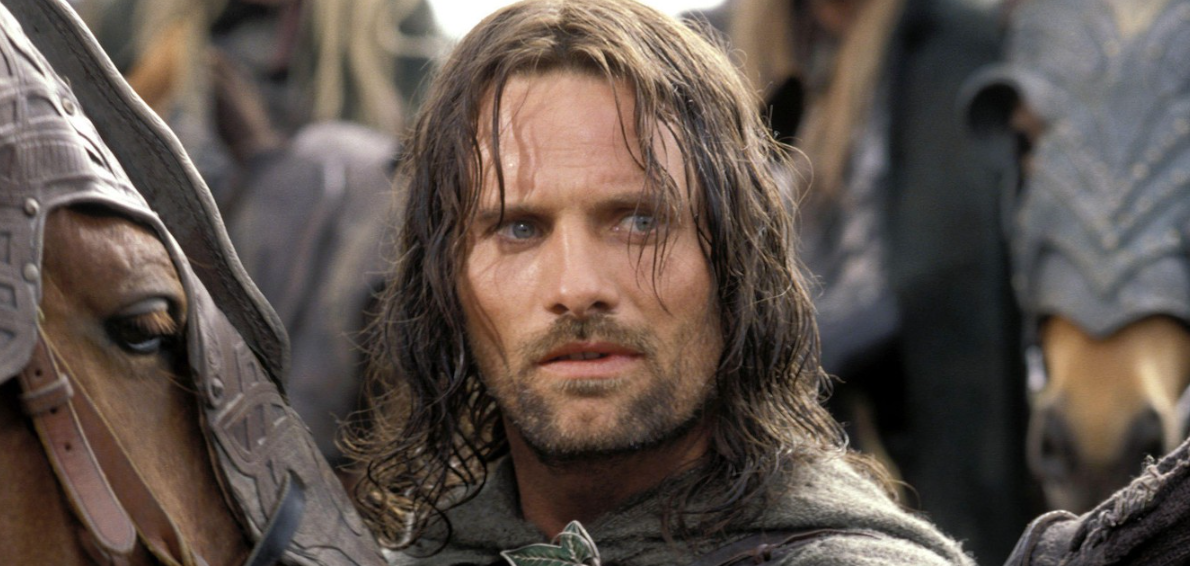
As well as having been much more well-traveled, and appearing to be an even better warrior in the books, Aragorn’s Numerian skills were more detailed. We see his healing skills in the films twice (once in the extended edition) but it’s revealed in the books he studied under Elrond so his powers are much stronger than we have demonstrated.
There was no warg attack in The Two Towers books
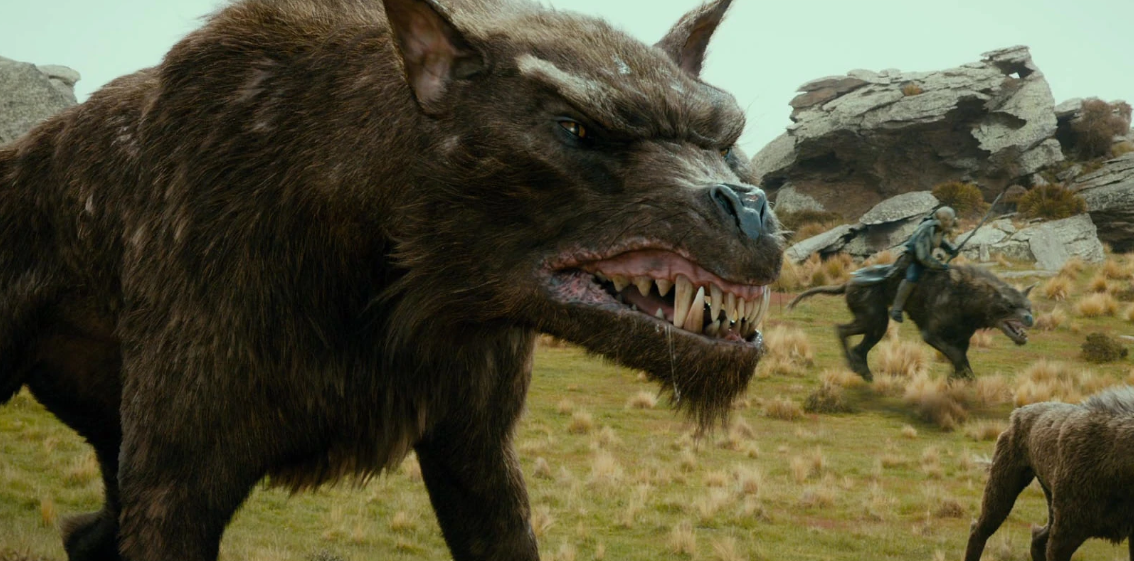
Peter Jackson angered fans when he decided to remove the warg attack in The Fellowship of the Ring. However, Jackson did create a new scene in The Two Towers, which sees the refugees from Rohan come under attack from the monstrous wolves. This scene was most likely added to increase the tension and stress the impact on the people of Rohan.
The Arwen dream sequence was a Jackson original
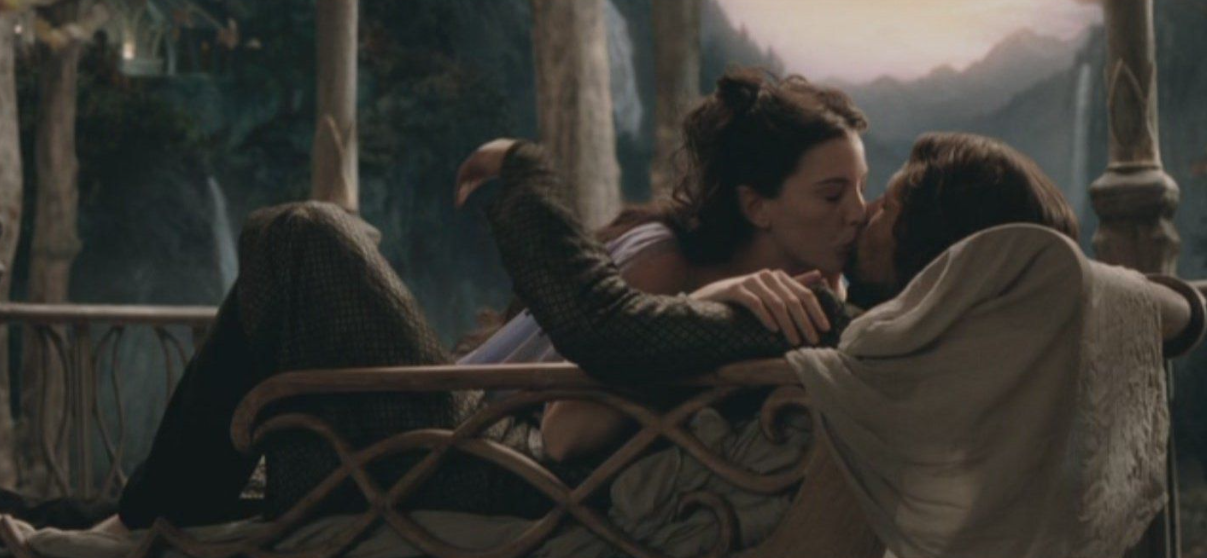
In addition to having Arwen save Frodo from the Ring Wraiths to signal her importance and raise her profile as a character, Peter Jackson also made several other changes to her character in the movies. In The Two Towers, a dream sequence is added between Arwen and Aragorn to stress her significance to the Ranger of the North.
The movies differentiated the goblins and orcs
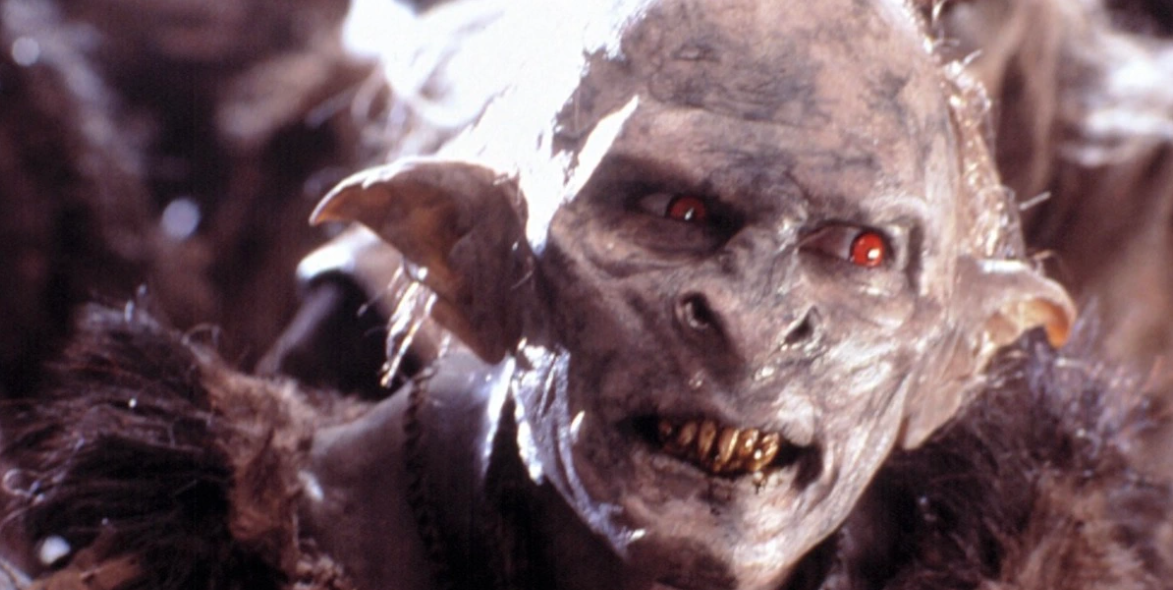
While Jackson’s movies decided to change the physical design of the goblins and orcs (designed by Jackson’s FX house Weta Workshop), Tolkien essentially used the titles interchangeably when discussing them. He wrote about different breeds of the creatures such as the Snaga, but their descriptions were not clearly different.
Merry and Pippin became comedic relief
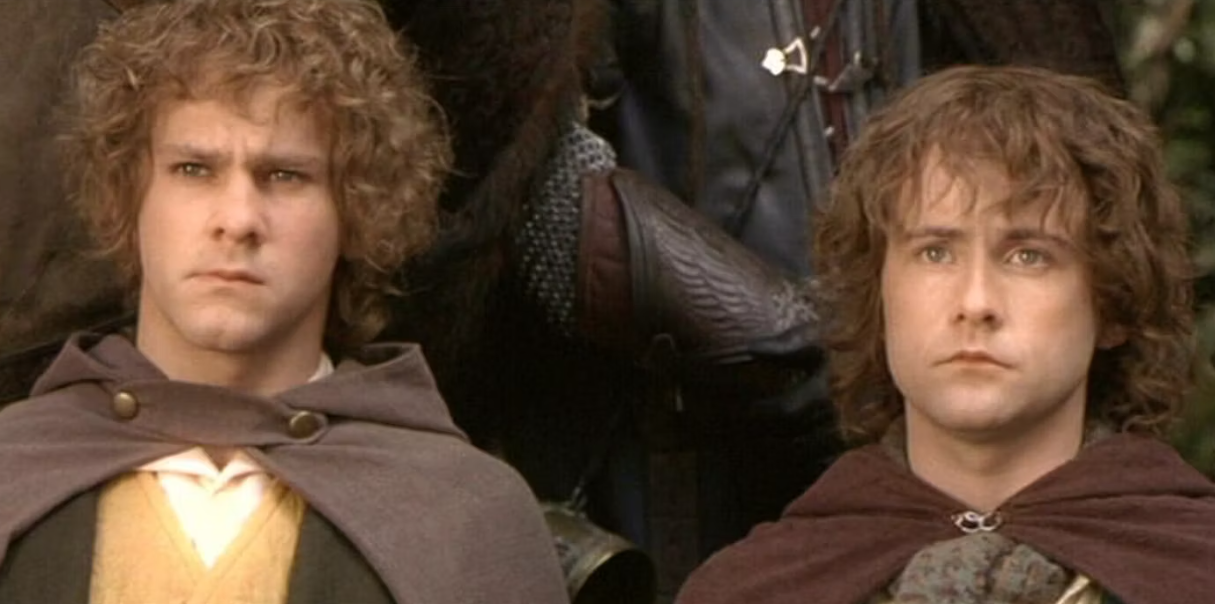
Sometimes the actors who imbue their roles with traits that may not have been that obvious in the original source material or script, and that’s exactly what happened with Merry and Pippin in The Lord of the Rings movies. Dominic Monaghan and Billy Boyd brought a carefree sensibility that matched the relative youth of the actors and lightened up the sometimes very dark story.
Aragorn always used Anduril in the books
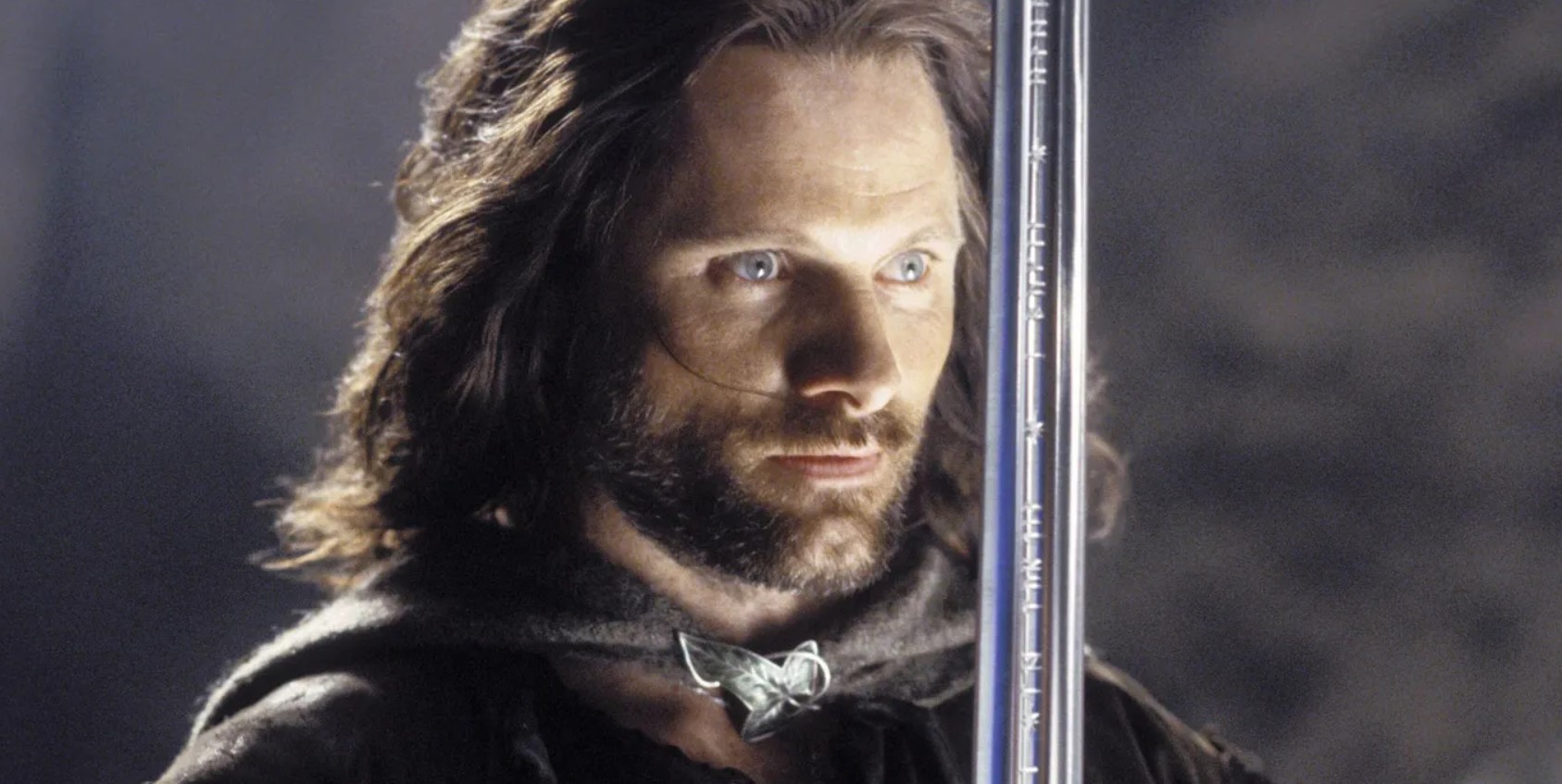
It’s an important moment in The Return of the King film when Arwen pleads with her father Elrond to reforge the ancient sword Anduril to defeat the enemy. Elrond then brings the sword to the encampment at Dunharrow. However, in the books, Aragorn has the sword all along and uses it as his main weapon all along the quest.
There were more casualties at the siege of Minas Tirith
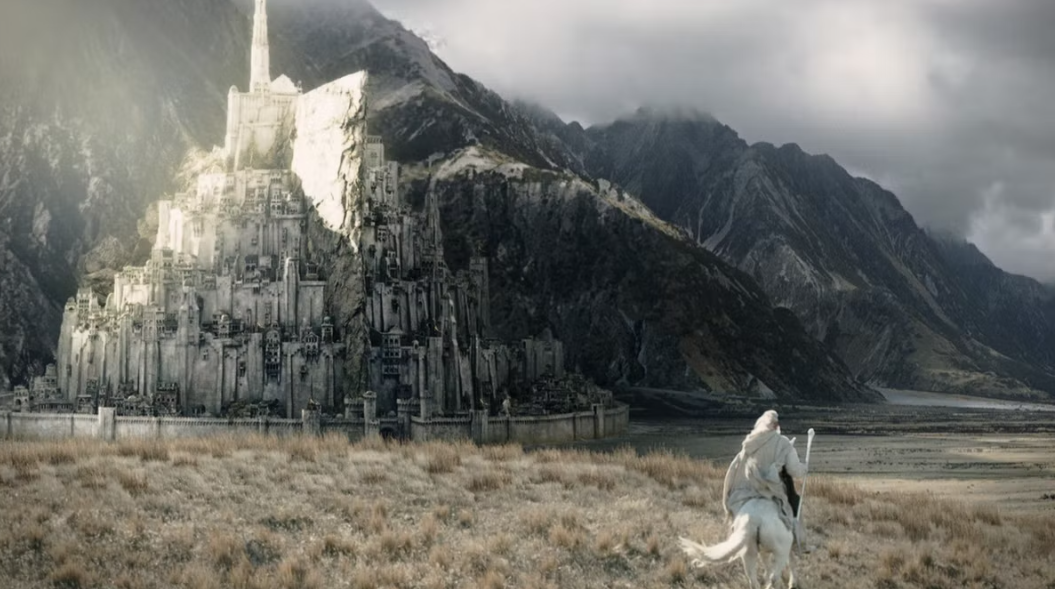
Generally, the films take on a grittier and darker tone than the books, with more death overall, but specifically during the battle of Minas Tirith in which the armies of Saruman and Sauron were able to breach the fortresses. However, in the books, the enemies were stopped from this due to the arrival of Rohirrim.
There was no physical fight between the Witch-King and Gandalf in the books
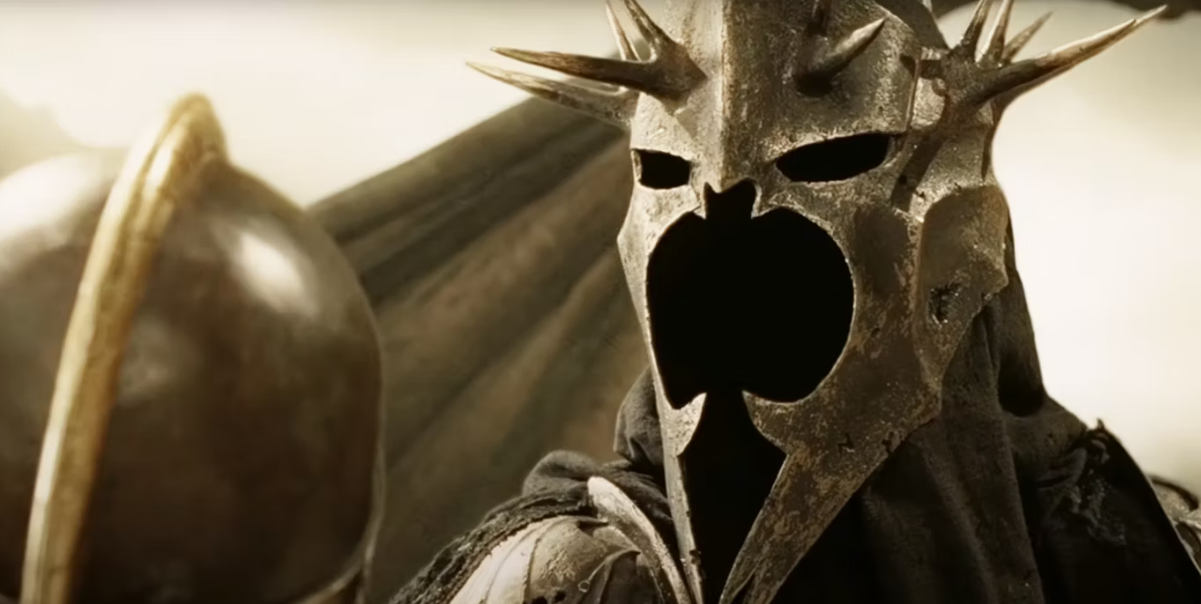
In the books Gandalf faces off against the witch-king and declares that he will not allow him to pass: “You cannot enter here… Go back to the abyss prepared for you! Go back! Fall into the nothingness that awaits you and your Master. Go!” The witch-king leaves after he hears the horns of Rohan but, unlike in the movie, there’s no physical confrontation.
Frodo believes Gollum much more easily in the films
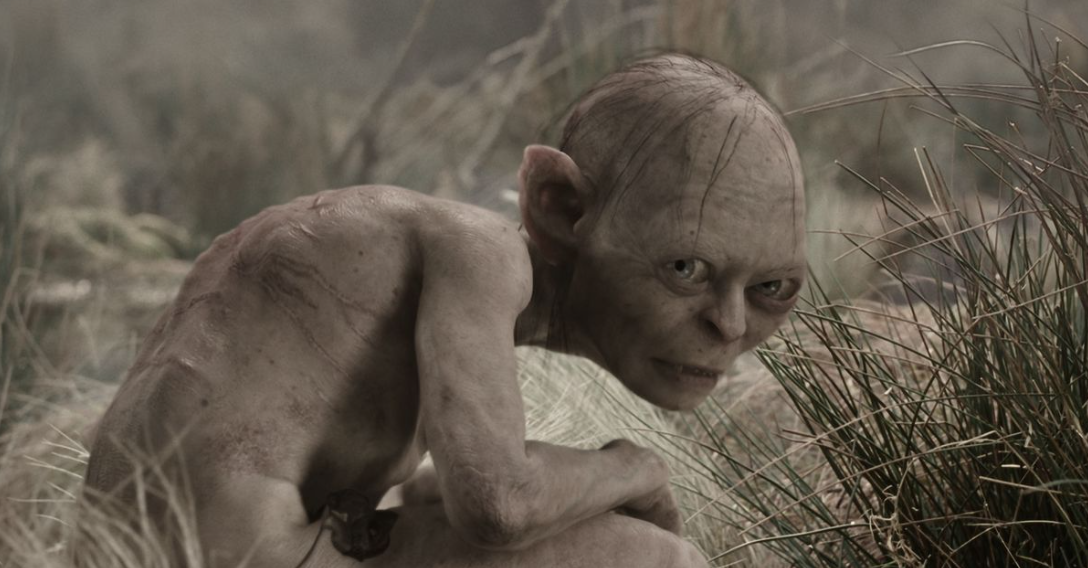
The heart of the story (especially of The Return of the King) lies in the relationships between Sam and Frodo. Therefore it’s all the more painful in the film when Frodo is manipulated by Gollum and begins to fall prey to the ring. In the books Frodo as a character learned and grew much more, even earning the respect of Saruman.
Sam’s character is very different
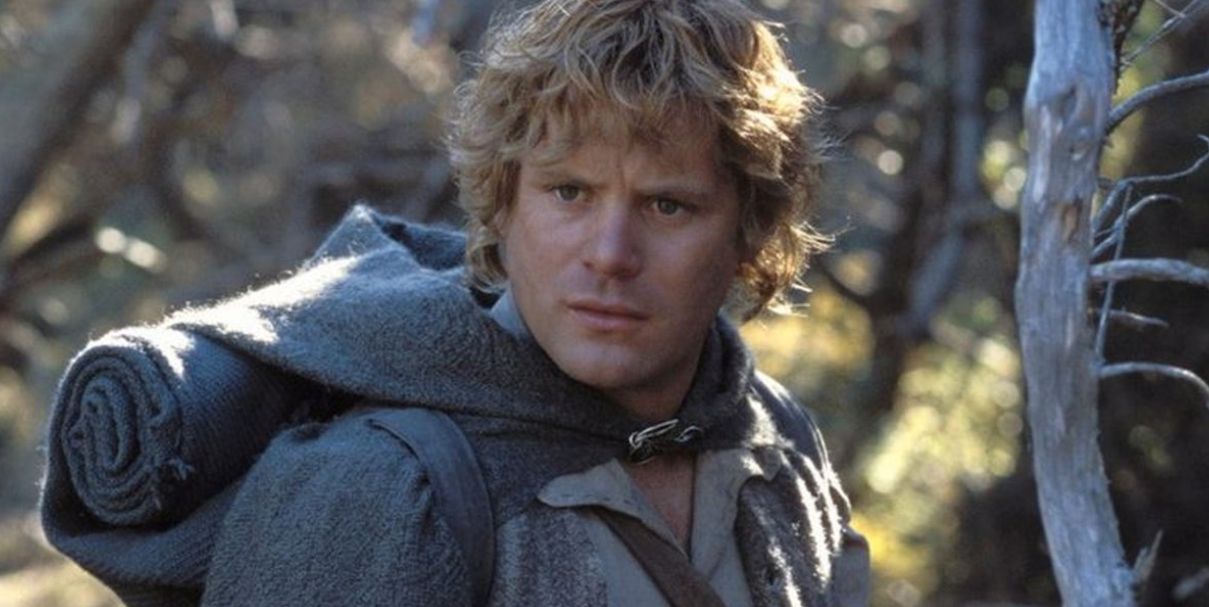
While many would argue that the real hero’s journey in The Lord of the Rings was that of Samwise Gamgee, Peter Jackson’s film portrayal of the character reduces his bravery and journey mildly. Sam and Frodo even enter the tunnel of Shelob together in the books and he does not abandon his master (which is essentially the dynamic between Sam and Frodo in the books).
Peter Jackson chooses to utilize a prologue
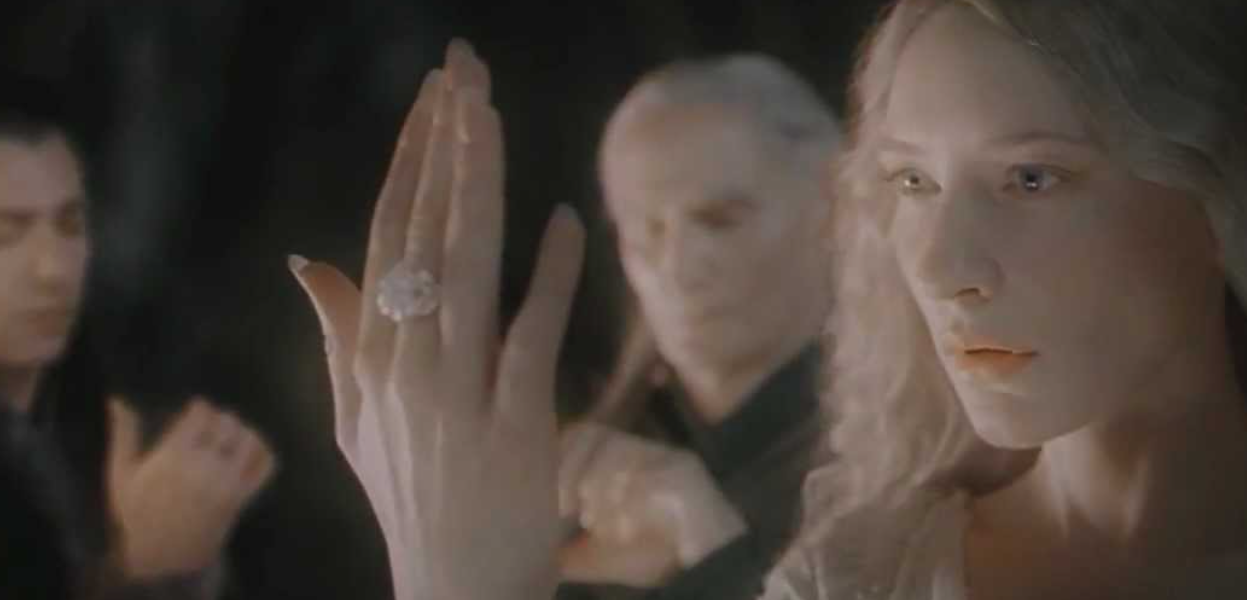
While the books dive straight into the beautiful and intricate world of Middle Earth, following on from The Hobbit with the birthday of Bilbo Baggins, the film The Fellowship of the Ring decides to employ a prologue in order to carefully and slowly introduce the audience to this story world (as the Hobbit films were released after these initial films).
The ring’s final moments are different
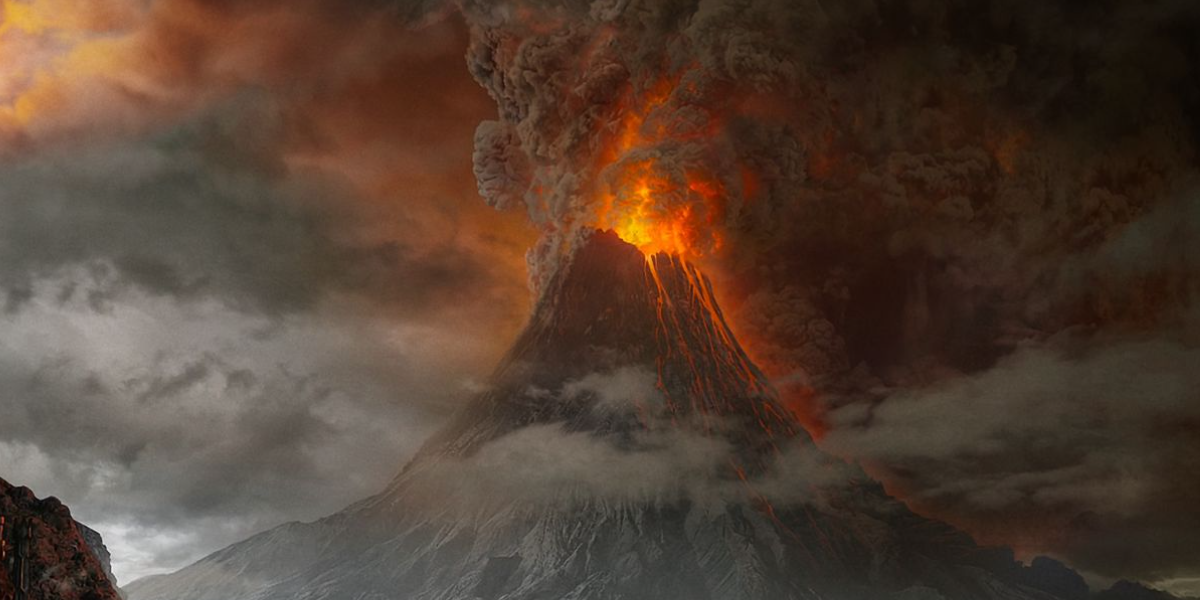
The Return of the King sports the scene the trilogy has been building to, as Frodo destroys the ring in the fires of Mount Doom, and Gollum perishes with it. In the book, it all plays out a little differently: rather than Frodo and Gollum both falling, the book sees Gollum bite off Frodo’s finger, then lose his footing and fall.
The iconic line from Eowyn is different
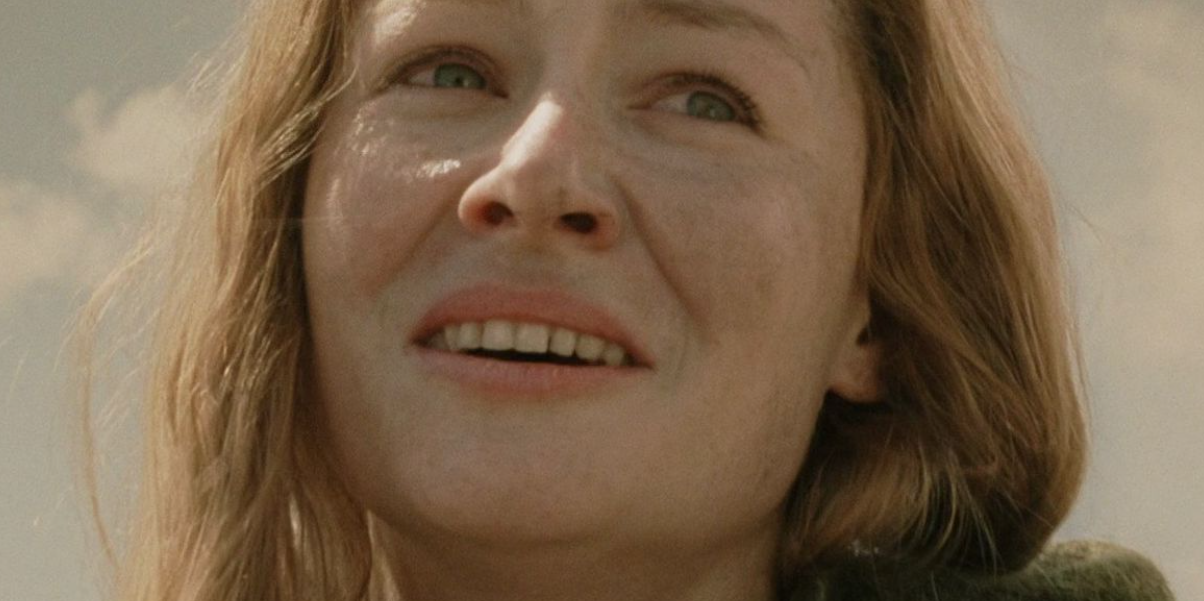
When people consider the most iconic lines from the Lord of the Rings, “I am no man” is sure to come up in conversation. But in the books, this conversation was much longer, as Eowyn tells the Witch Ling: “But no living man am I! You look upon a woman. Éowyn I am, Éomund’s daughter.” A longer monologue ensues.
Merry knew about the ring when he was a child
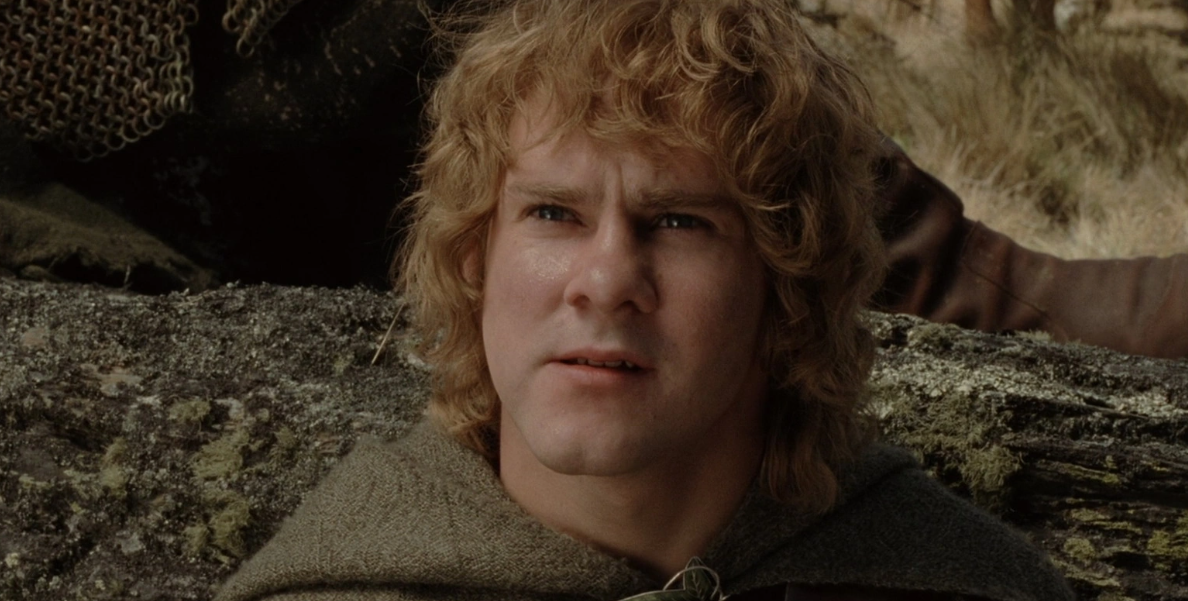
While all the hobbits have their own interesting and complex personalities and personal lives, we don’t get to see too much of that in the movies, most of it being cut for timing reasons. For instance, in the books, Merry is extremely competent and intelligent and was told about the One Ring and its power, long before Frodo was ever introduced to it.
Gandalf doesn’t hold onto the cliff
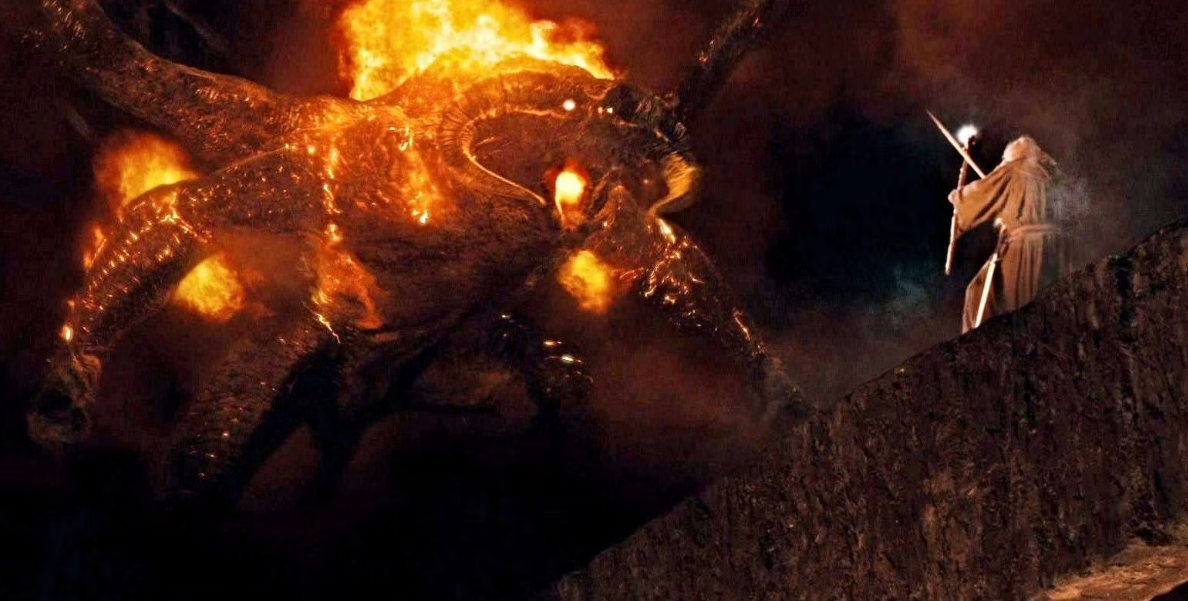
After facing off against the powerful demonic monster Balrog in the Mines of Moria, Gandalf is hit by the Balrog’s whip and pulled down into the abyss. However, in the film, Gandalf grabs the cliff as he’s being pulled down and makes eye contact with the fellowship in a very emotionally impactful moment. In the books, he simply falls down and dies.
Aragorn had an impactful scene left out of the films
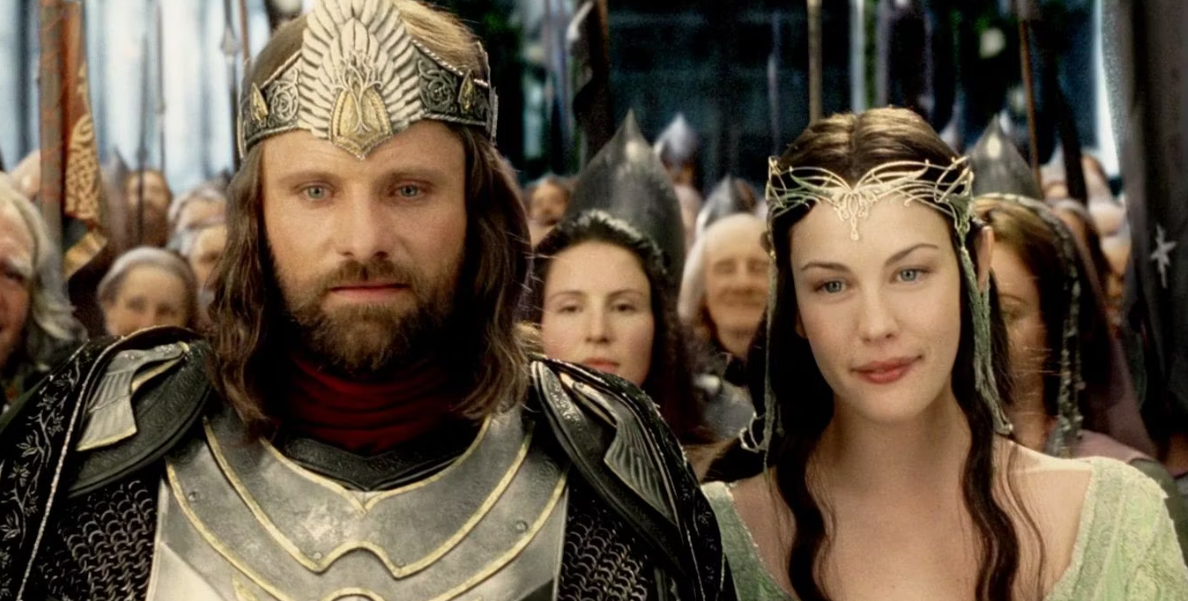
Much of Aragorn’s reluctance to claim his title was a part of the specific narrative Jackson was telling. However, in the final book, after Sauron is finally defeated, Aragorn has a very emotionally charged moment as he refuses to enter Minas Tirith. It is only after the crowd says “Yes” and accepts him as king that Aragorn accepts his rightful fate.
The Hobbits aren’t imprisoned in Barrow Down in the film
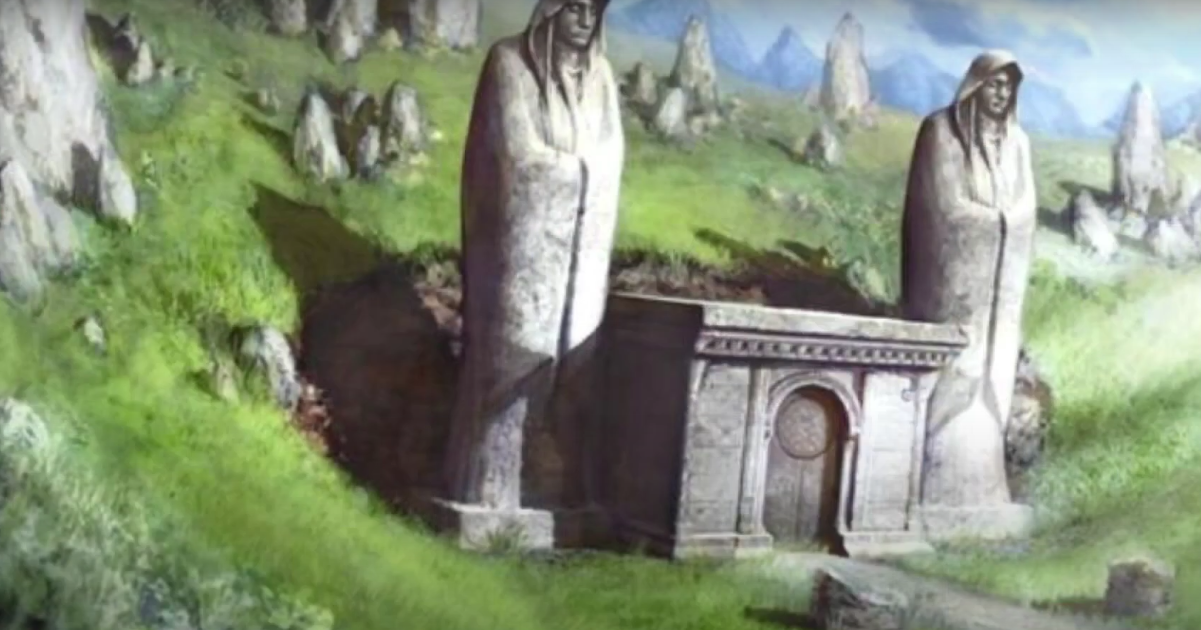
Lots of plot points had to be removed entirely from the beginning of the Lord of the Rings books to improve the pace as the story was translated into film. The hobbits were imprisoned by the Barrow Wights after being halted in Barrow Down, but Jackson decided to cut this (along with the entire sequence about their savior Tom Bombadil) from his adaptations.
The books discuss the fates of Thorin’s company
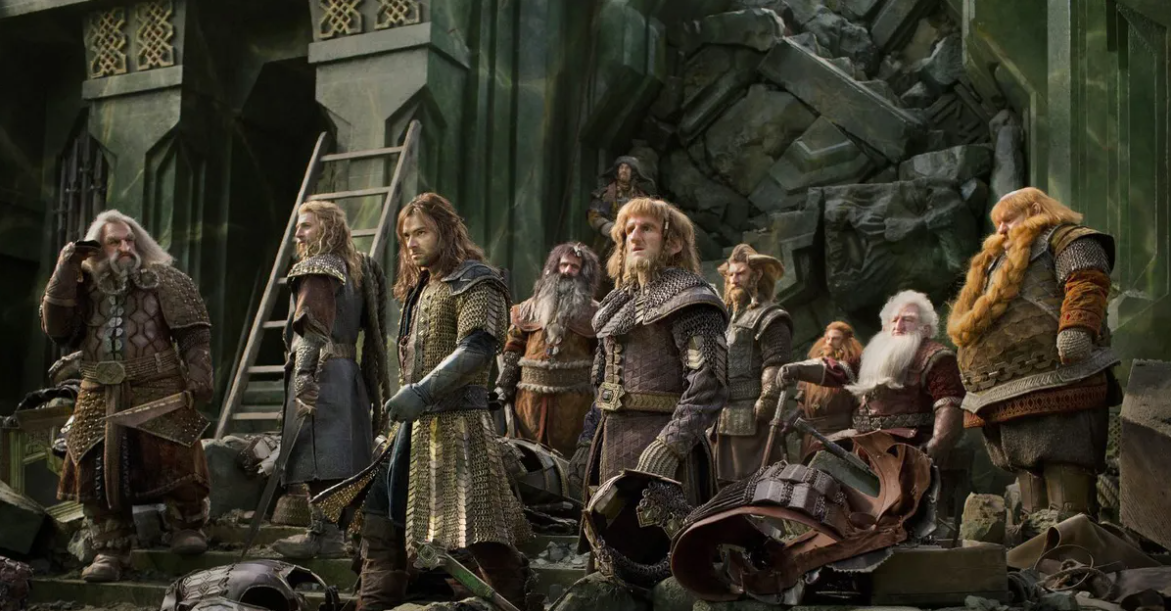
While the story of Bilbo’s original journey with Thorin’s company wasn’t widely known by the general public until Jackson’s Hobbit trilogy was released in the 2010s, Tolkien added various nods to the heroic dwarves – even telling the reader about Bombur, who became so overweight he can’t get himself out of bed.
Frodo is much wiser in the books
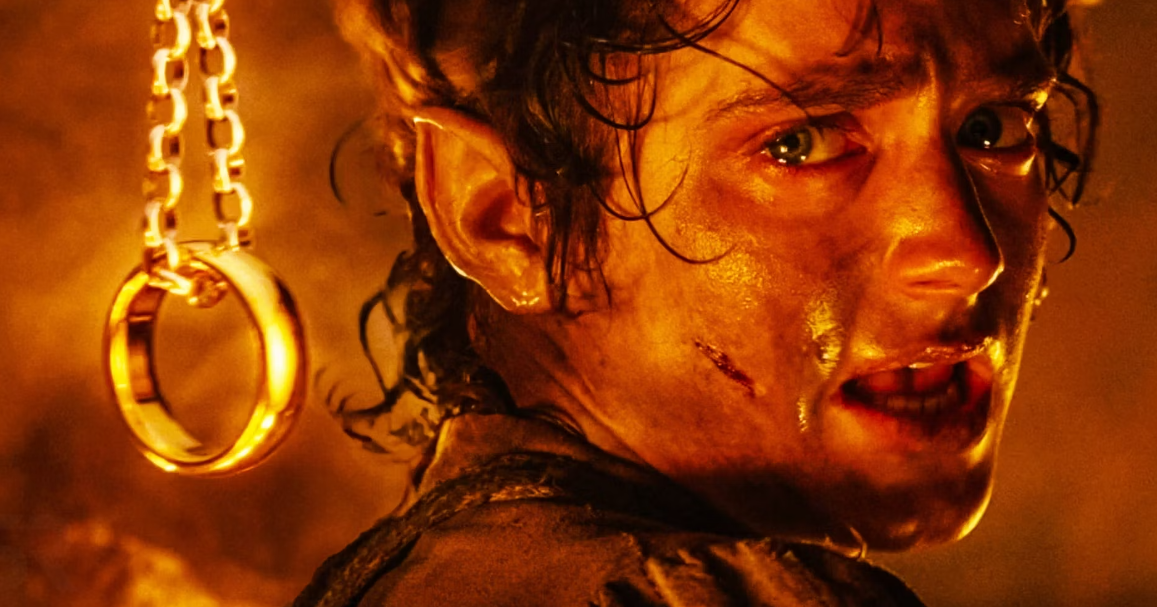
Frodo in the books was a much wiser character, who held a lot of information about history, the world around him, and morality. However, when assigning dialogue in the films, Jackson gave many of these impressive displays of knowledge to Gandalf or other characters, preserving Frodo’s sense of youth and naivety.
Gandalf’s entrance differs
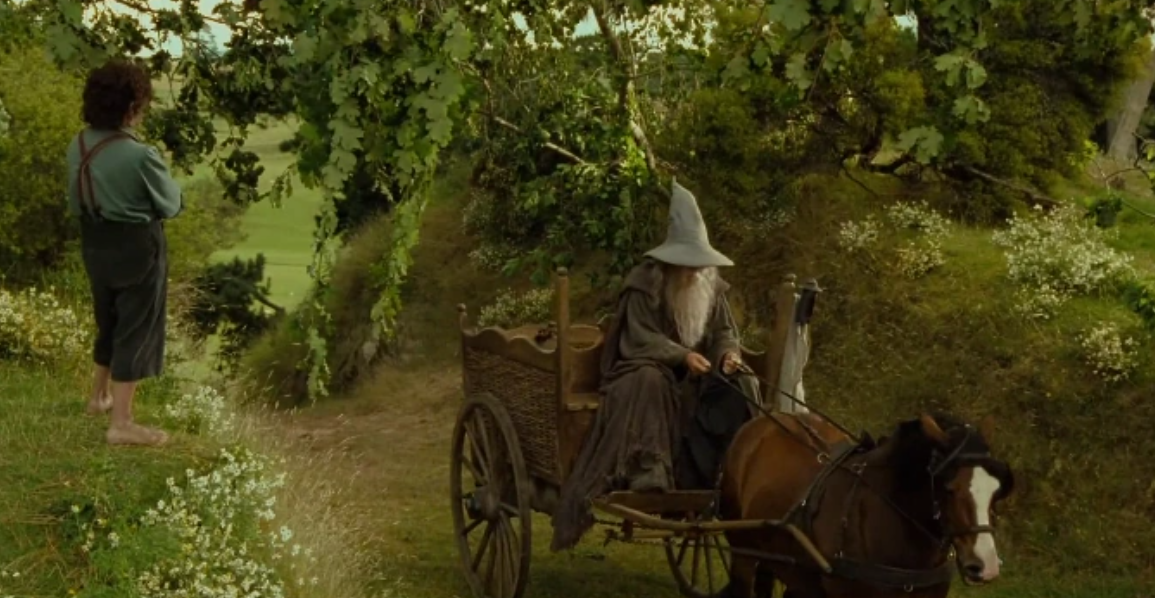
There’s little more that could produce joy from a true LOTR fan than the image of Gandalf riding into the Shire. Although, while many film fans picture this scene with Frodo hopping in the wagon with him to ride to Bag End, in Tolkein’s novels Frodo and Gandalf don’t meet until Bilbo’s party.
In the books it’s Gandalf who sets off the dragon firework
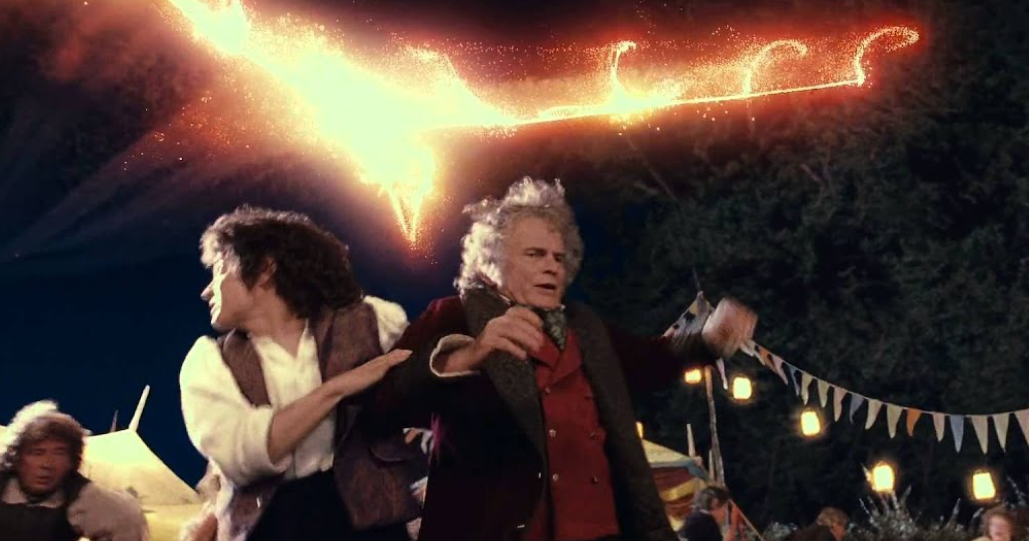
Merry and Pippin take the role(s) of wholesome jokers in the Rings films, and so it makes perfect sense when they set off Gandalf’s dragon firework, interrupting Bilbo’s party and causing a spectacle. In the books, however, it’s Gandalf who actually lights the dragon firework. The change allowed Jackson to effectively illustrate the hobbits’ character early on.
Bilbo can disappear without the Ring in the books
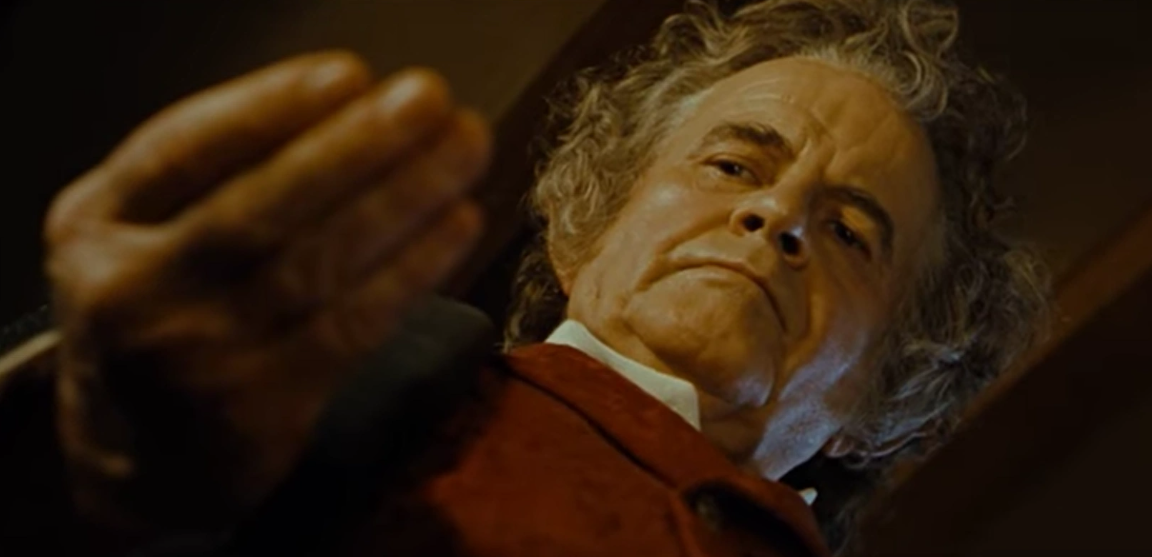
In the Fellowship of the Ring movie, we see Bilbo slide the One Ring onto his finger and disappear from his own party unseen. This introduces the power of the Ring to us instantly and sets up the story to come. In the books, however, Bilbo used a flash trick, distracting any people in the vicinity, in order to slip away from the party.
There’s little evidence of the wood elves in the films
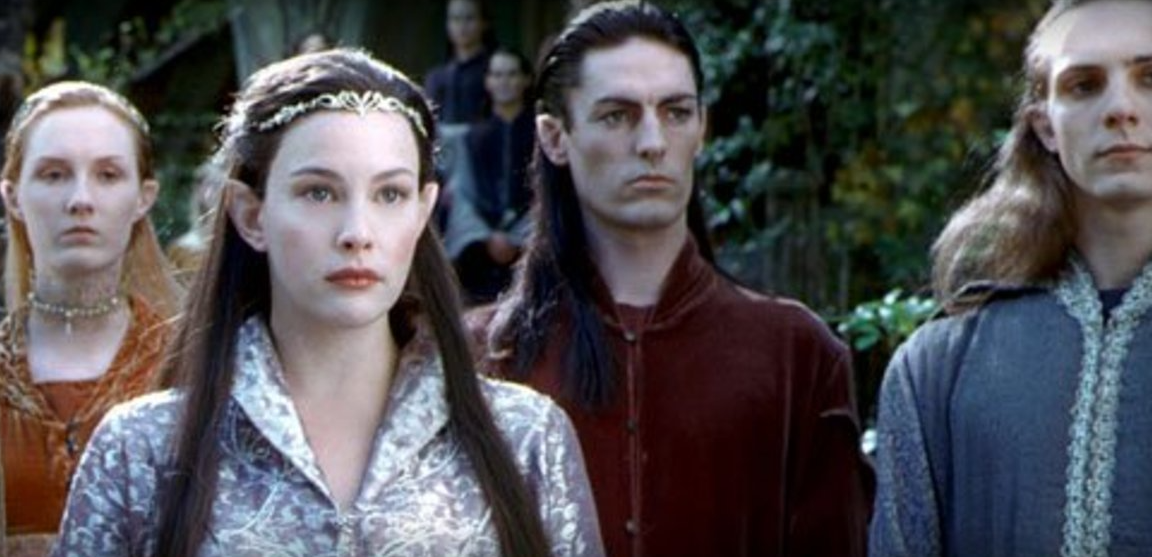
While the world of Middle-Earth is full of magical and mystical creatures with fantastic world-building by Tolkien, the films only have so much time to offer us a peek into this world. To save time, Jackson’s films had to entirely cut a section of the tale where Frodo and Sam meet the wood elves. This was probably done to ensure better pacing and cut down on the number of characters introduced.
Bree is much less gloomy in the books
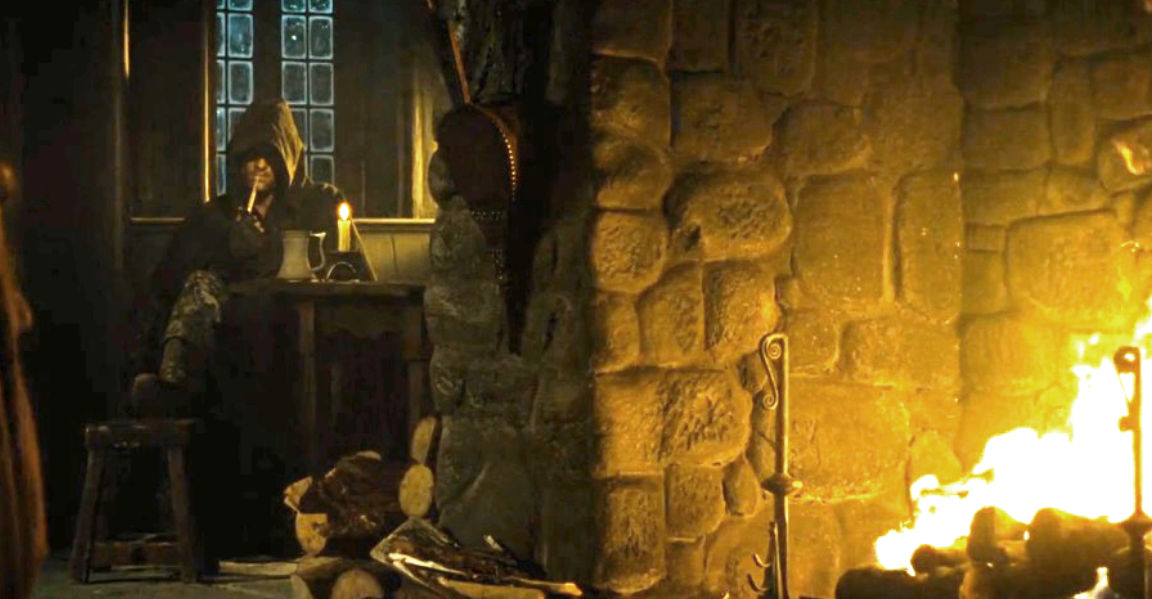
The image of Bree painted in the films perfectly matches the ominous tone of the precarious situation the hobbits find themselves in. This differs from the books, in which all the events of Bree take place in daylight. The Prancing Pony of the books is a very inviting inn, which seems jarring considering it’s where the Hobbits hide as they’re running from the Black Riders.
Bilbo offers to take the ring to Mordor in the books
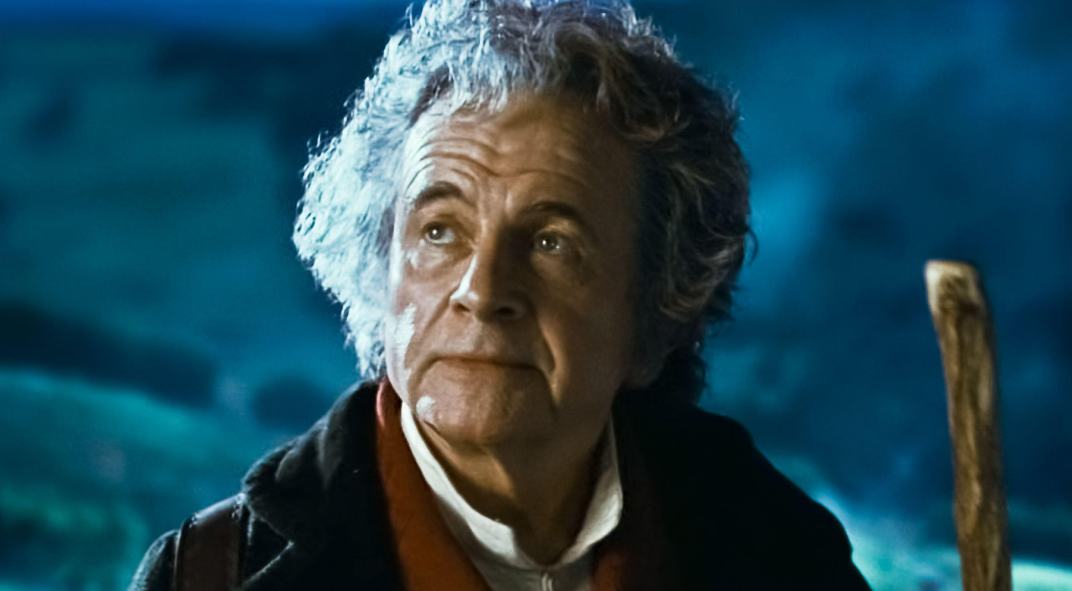
The original meeting in which the fellowship was formed went a little differently in the books. Bilbo in the book is actually at the council of Elrond, as he still has possession of the Ring. In the book, Bilbo even offers to take the ring to Mordor himself, considered far too perilous due to his age and the Ring’s hold over him.
The Misty Mountains hold a magic in the books
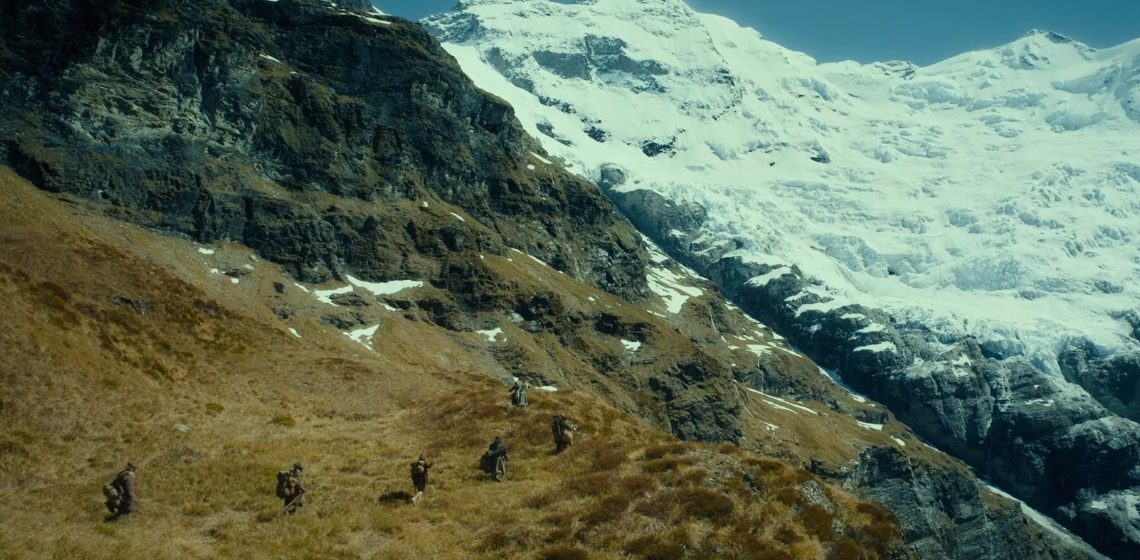
While the fellowship is passing through the Misty Mountains on their journey to destroy the ring, the group is held up by bad weather. While in the films this is due to a dark spell by Saruman, in the books it’s suggested that the mountains themselves hold a type of magic and are responsible for the storm.
Quickbeam travels with Merry and Pippin
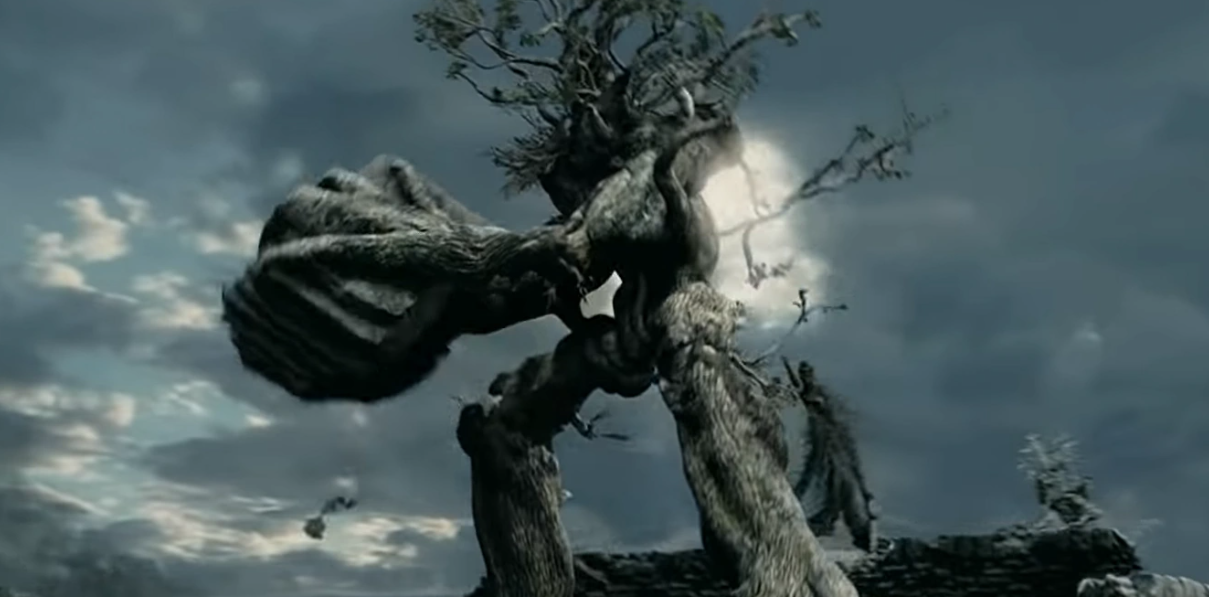
Treebeard is definitely the most iconic ent in the Lord of the Rings universe, but in the books, there is another ent who plays a role in the story. Quickbeam is an ent who stands with the hobbits against Saruman and wants to go to war, and so carries Merry and Pippin on their journey (not Treebeard, as shown in the films).
Saruman actually walks through Fangorn
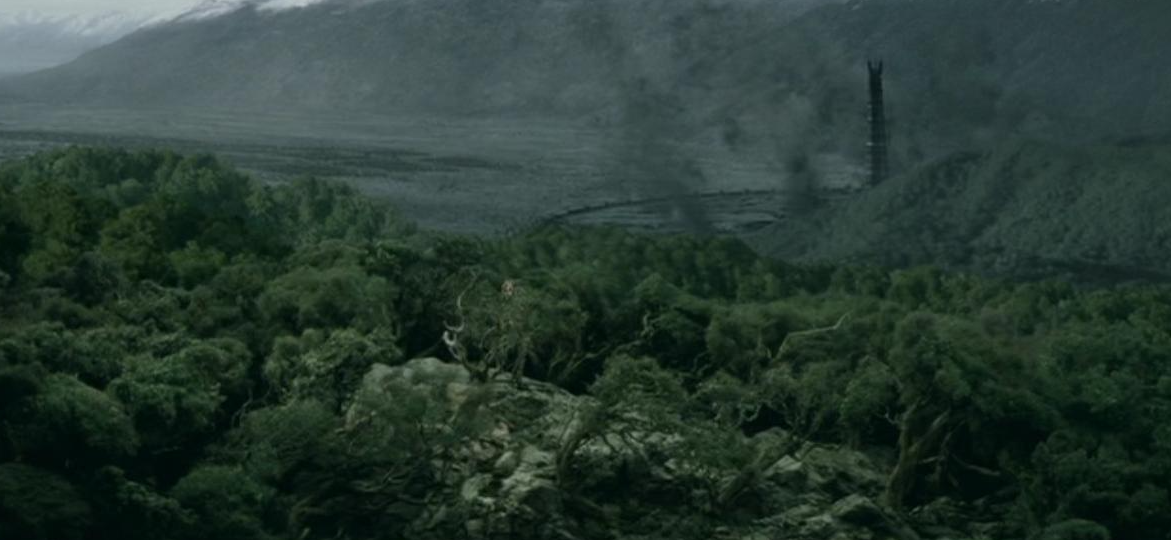
The LOTR books contain far too many details and plot points to be able to translate them all into cinematic adaptations (even split into multiple films). In the books, Saruman is seen walking through Fangorn forest, but in the films, the wizard says he will never walk through the woods.
Elrond has conditions of approval
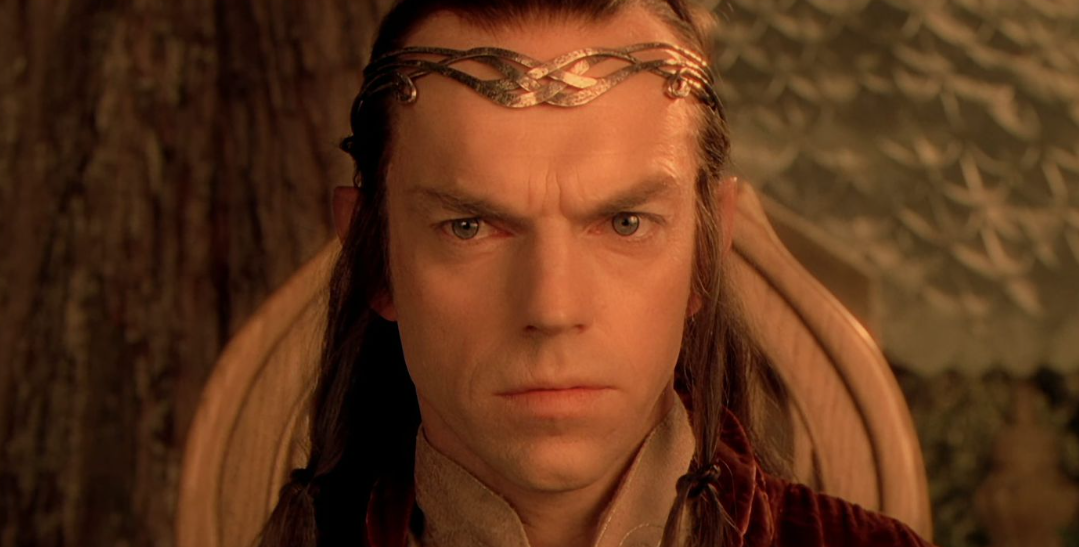
While the films spend time looking at the difficult relationship between Arwen and Aragorn and Arwen’s wishes for her father’s approval, the books don’t have Elrond showing much resistance to his daughter’s relationship. In the books, Elrond instead gives conditions: if the two are to marry, he wants to be made King of Gondor and King of Arnor.
Faramir’s speech on the Haradrim goes to Sam in the films
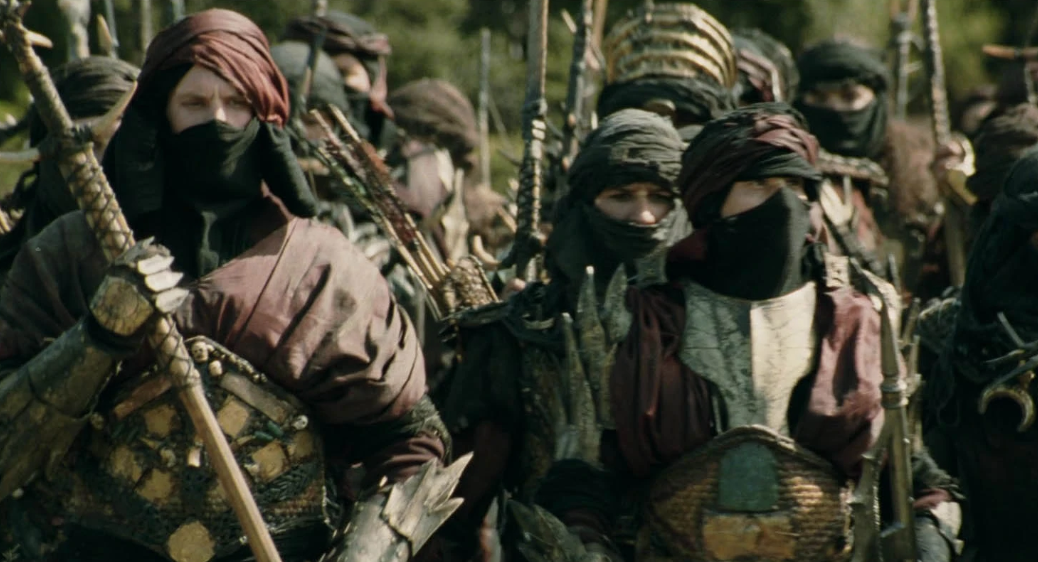
During the ambush by the Ithilien rangers, the hobbits witness the death of one of the Haradrim. After this, in the books Faramir shares a really impactful speech regarding the humanity of the corrupted soldiers. It’s a touching moment, but in the films the lines are given to Sam, to showcase his caring and humble nature.
Faramir doesn’t even want to see the Ring in the books
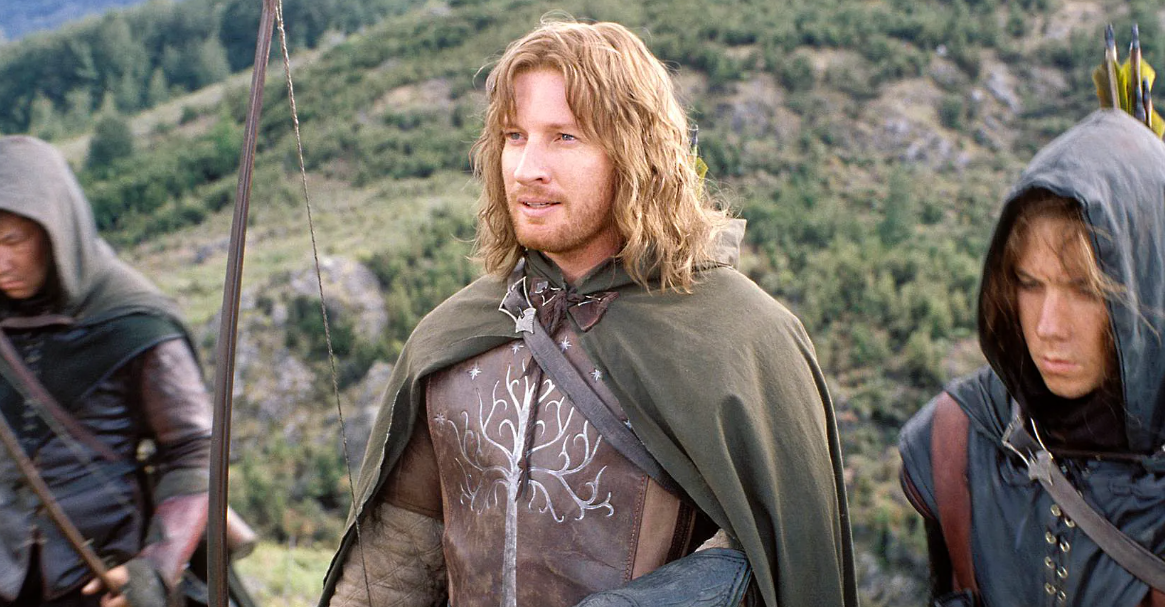
In the films, while Faramir is portrayed as a noble member of the fellowship, we also see that he’s easily corrupted by the Ring, as he sees it as a chance to get respect from his father. He believes bringing the Ring back to Denethor will prove his worthiness. In the books, Faramir doesn’t even want to see the Ring, and definitely doesn’t try to take it.
The Orcs are more articulate in the books
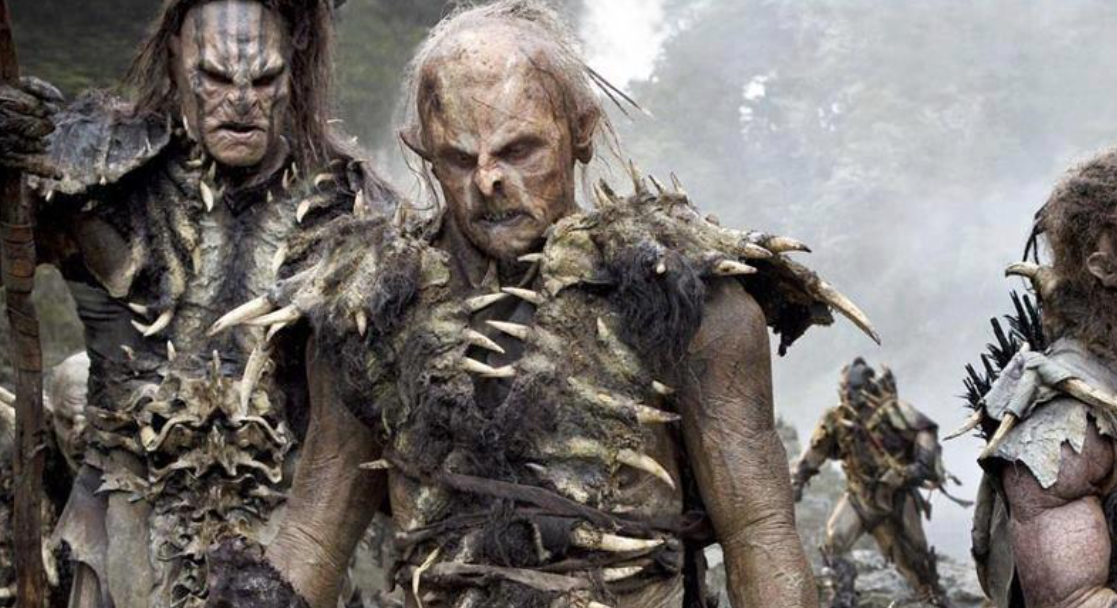
There are already many villains and complex, morally ambiguous characters in the Lord of the Rings films. It makes sense, then, that Jackson decided to reduce the agency of the orcs by changing the articulate and self-aware creatures of the books into mindless foot soldiers in the books.
Denethor uses a Palantir in the books
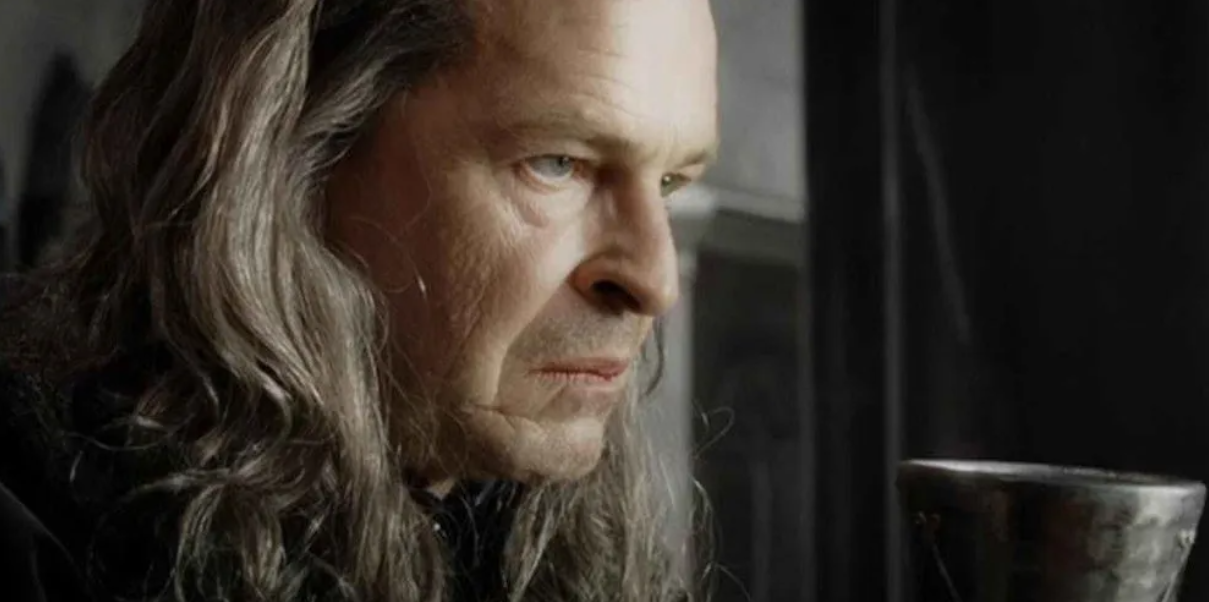
We’re shown clearly Saruman utilizing a palantir in the Lord of the Rings movies, but what casual fans of the franchise may not know is that Denethor also utilizes this magical item in the books. It’s made much more clear in the books that this is driving Denethor insane, leading to his suicide in Minas Tirith.
Gimli isn’t as humorous in the books
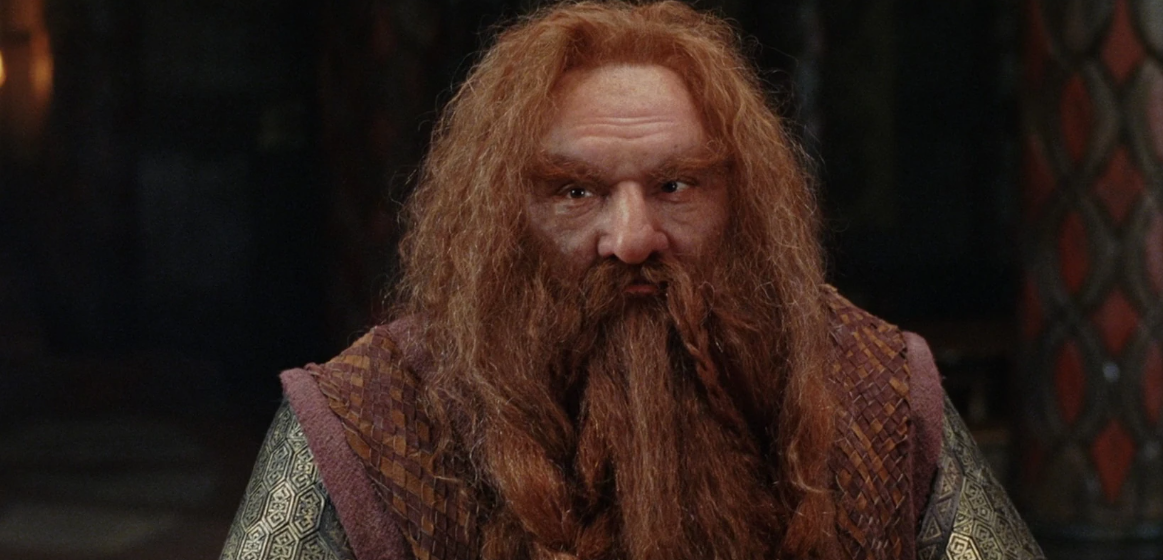
While the dwarf Gimli is a much-beloved member of the fellowship of the ring, his hilarious antics and one-liners are exaggerated far more in the films, turning him into a more comedic character. He’s a far more stoic figure in the books, though fans of the films are sure to be grateful we were given this version of Gimli to play off of Orlando Bloom’s Legolas.
The movies don’t show Aragorn’s camp in Ithilen
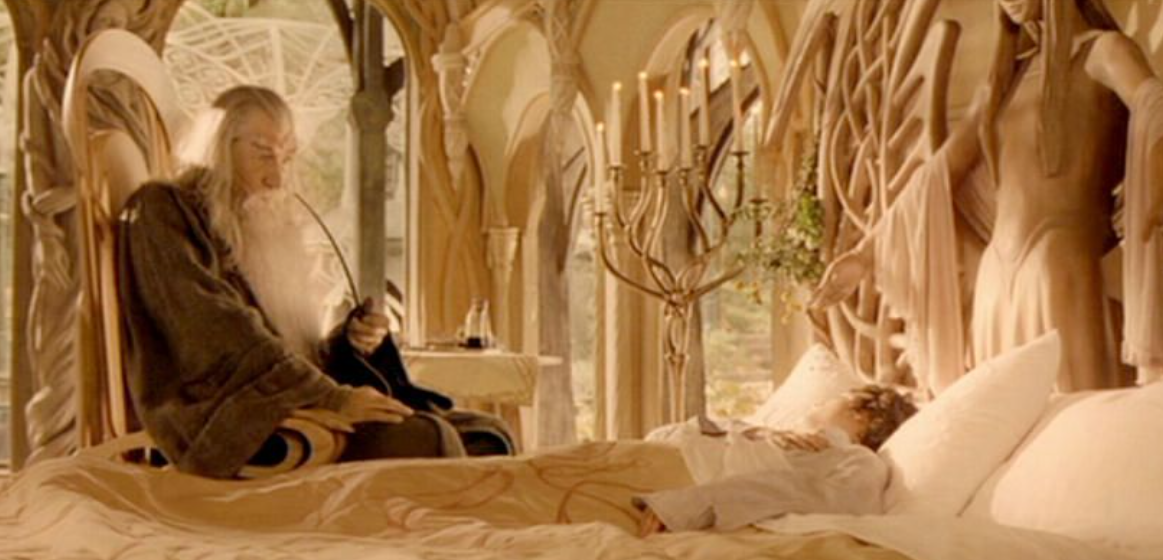
Once the Ring is destroyed, the films try to quickly wrap up the plot, and give each character the meaningful send-off they deserve. However, that means many plot points and locations had to be cut, including Aragorn’s camp in Ithilen, where in the books Sam and Frodo are taken to heal and rest after destroying the Ring.
Boromir doesn’t get his redemption in the books
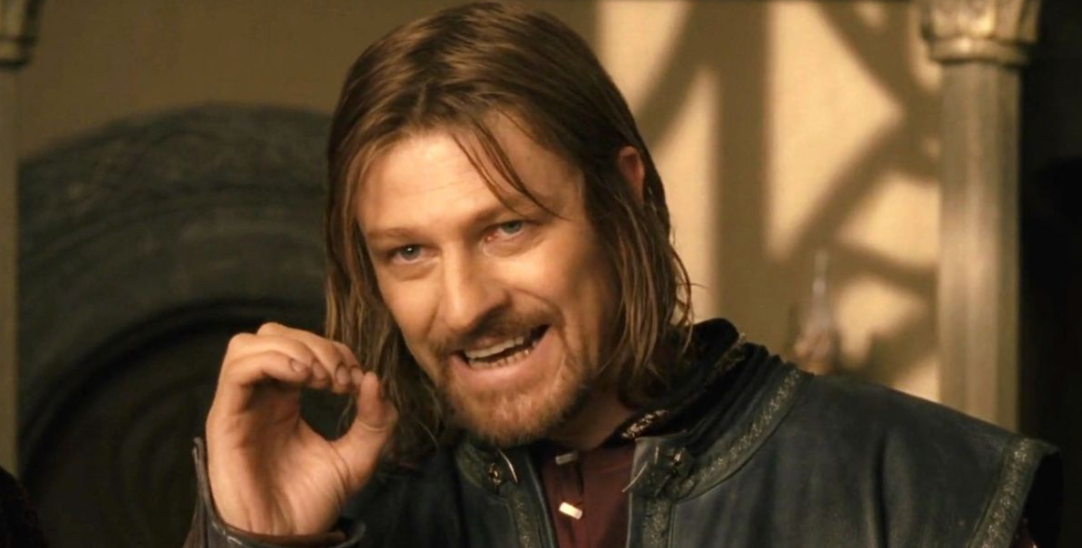
Boromir’s death is an extremely poignant moment in the story of The Lord of the Rings. Boromir’s death in the Rings films always affects fans as he gets to redeem himself in the final act. The books, however, simply describe how Boromir’s body is found, meaning it’s unknown if he died heroically, sparing the reader of his redemptive final moments.
Legolas’ skills are more believable in the books
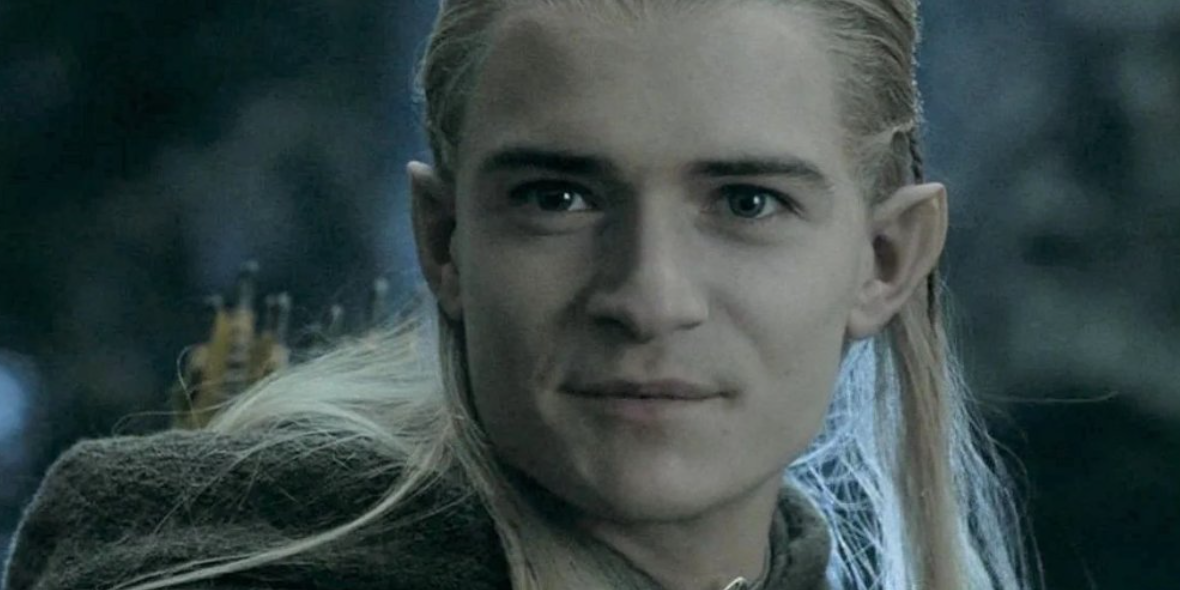
While Legolas is an elf who holds many special talents and abilities that elevate him above other warriors, the films portray the elf as being almost unstoppable. While he does have the ability to see by moonlight and has incredible accuracy, Aragorn and Boromir do most of the fighting out of the fellowship in the books.
The novels are a lot more racist
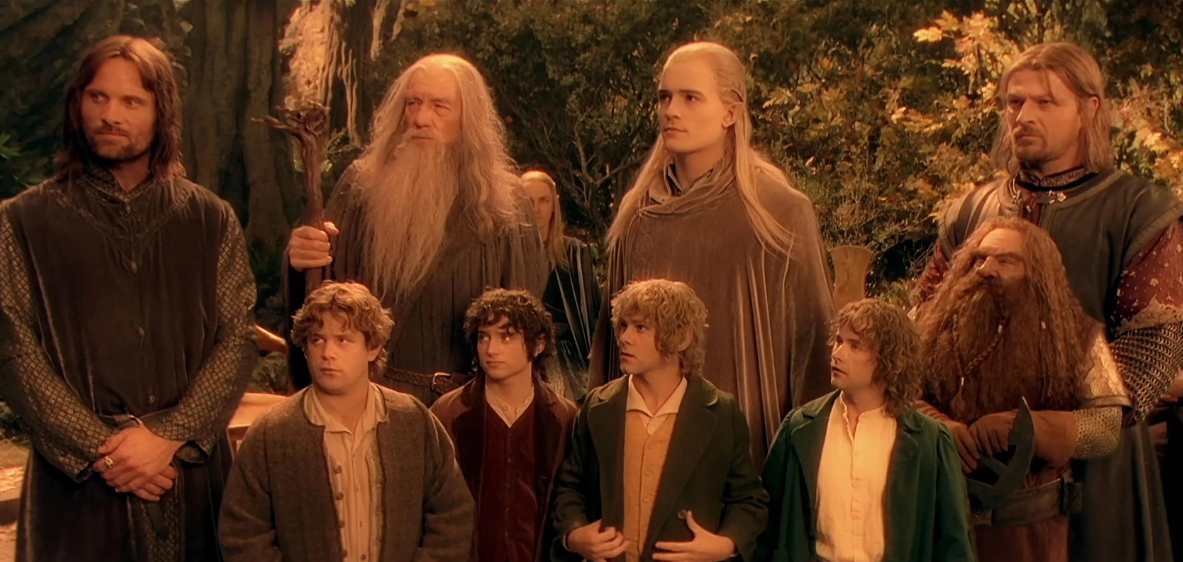
The lack of representation of people of color in the Rings films has been widely discussed. The books do not diverge from this entirely. In fact, the books are even more unfair in their treatment of dark-skinned characters, with the few mentioned aligning with the enemy and working with Saruman.
Gollum has little chance of redemption in the books
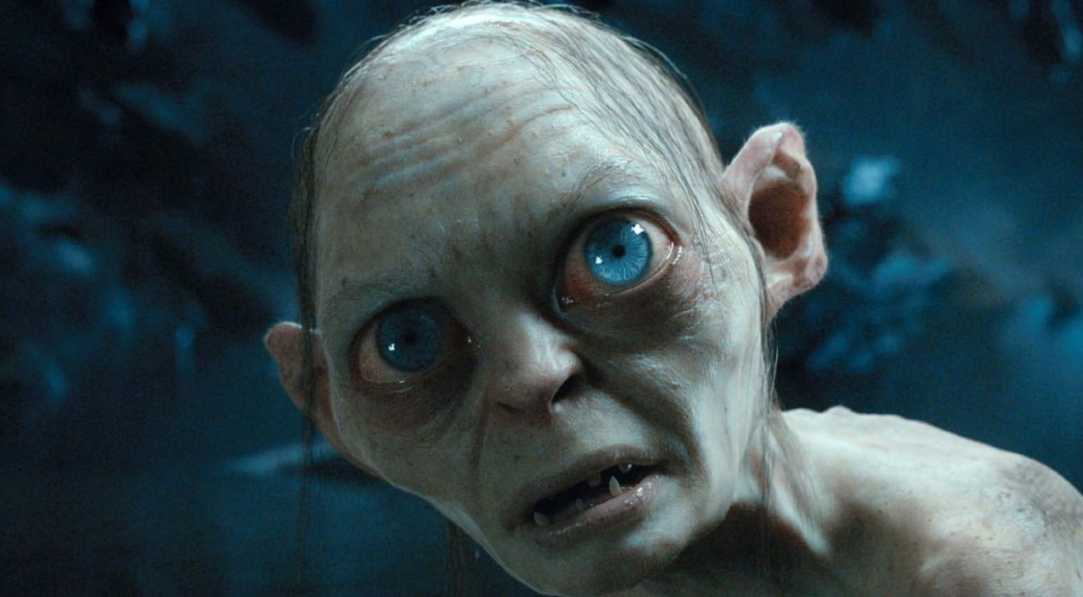
Nobody would suggest that Gollum is the character most deserving of redemption, but the films bring us close to a point of believing that he may be able to be saved in some way. The books do not indulge any of this sympathy for the character. Gollum cannot ever and will never be free of the Ring’s power.
In the books, Saruman is still alive when the hobbits reach the Shire
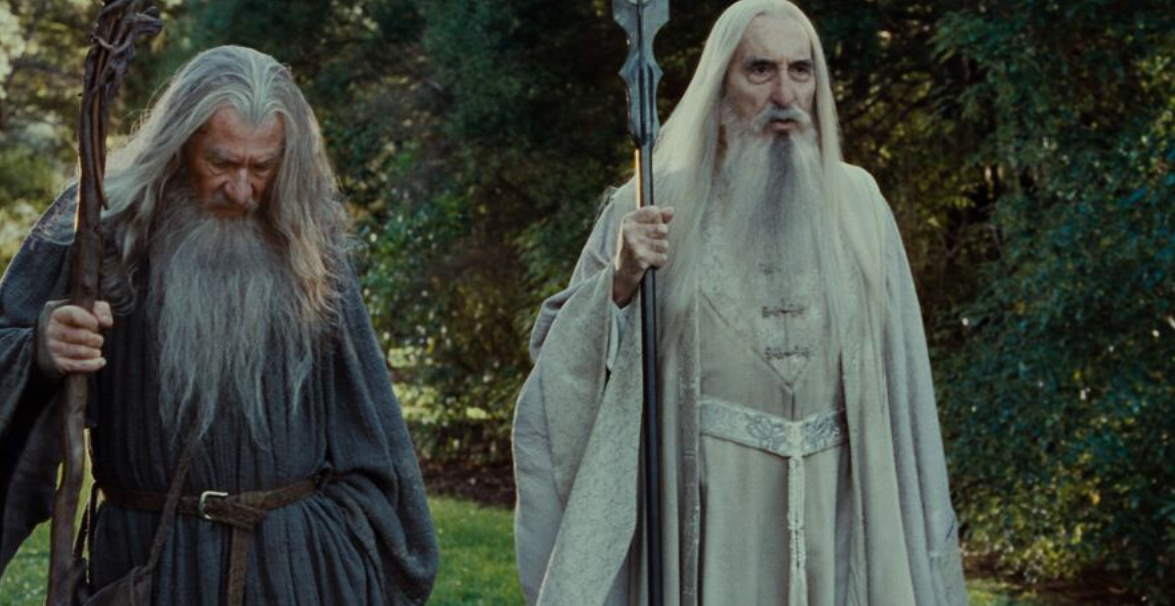
In the books, the story of the hobbits isn’t over after the Ring is destroyed. Instead, the Shire is sacked and Saruman has taken residence there, where he loses his life at the hands of Wormtongue. In the films, however, Saruman dies in his tower during Return of the King, also at the hands of Wormtongue.
There are other Rings of Power in the books
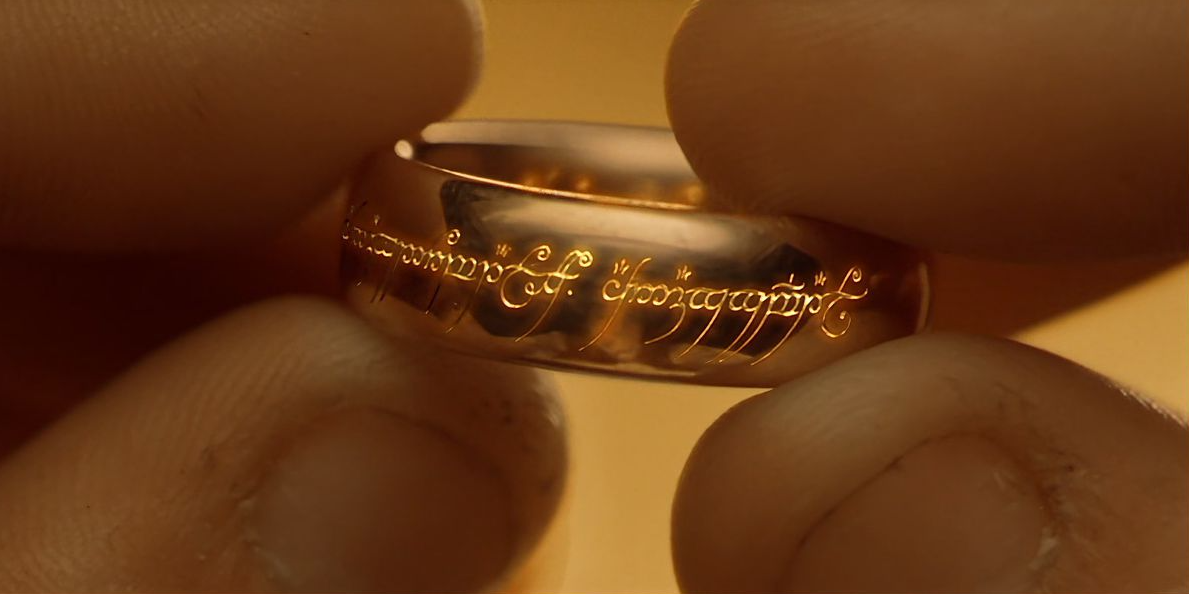
Jackson’s films do mention that other rings were forged at the same time as the One Ring. In the books (both in the Lord of the Rings and other Middle-earth books), Tolkien explores these other rings and their whereabouts more. It is revealed that Gandalf even carries one of the three rings of the elves in the books.
Farmer Maggot’s role was reduced for the films
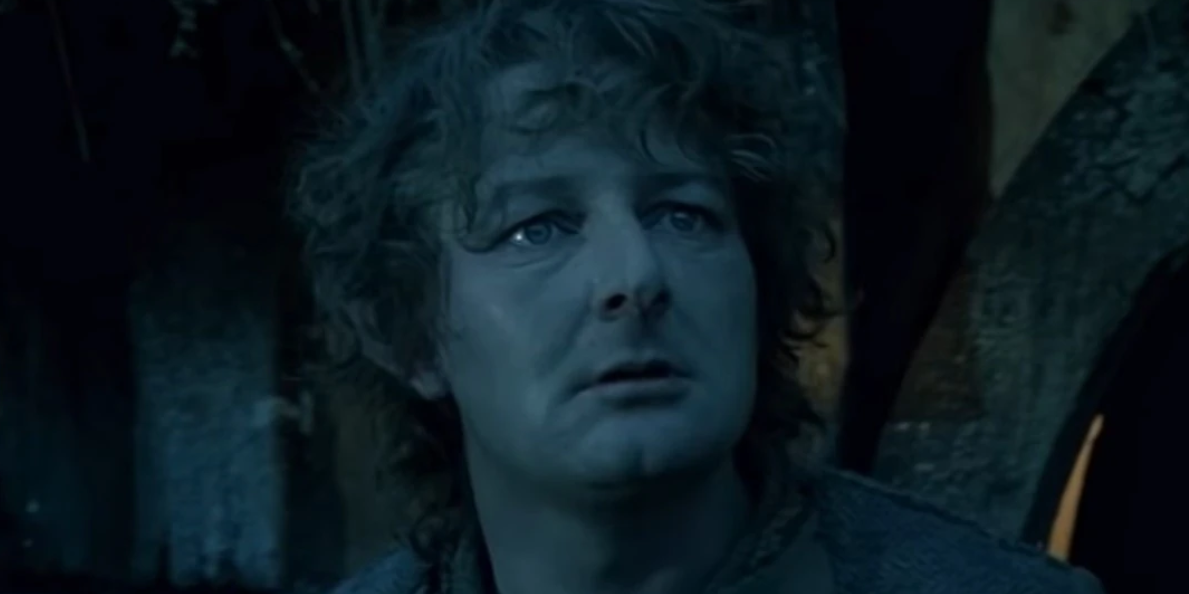
It’s a common piece of trivia that Fatty Bulger’s role as one of the main hobbits is reduced in the films – but only real fans know about the importance of Farmer Maggot, who in the books drives the hobbits to meet Merry. Tolkien divulges information about Maggot’s home life, including the names of his three dogs.
Pippin is more curious than foolish in the books
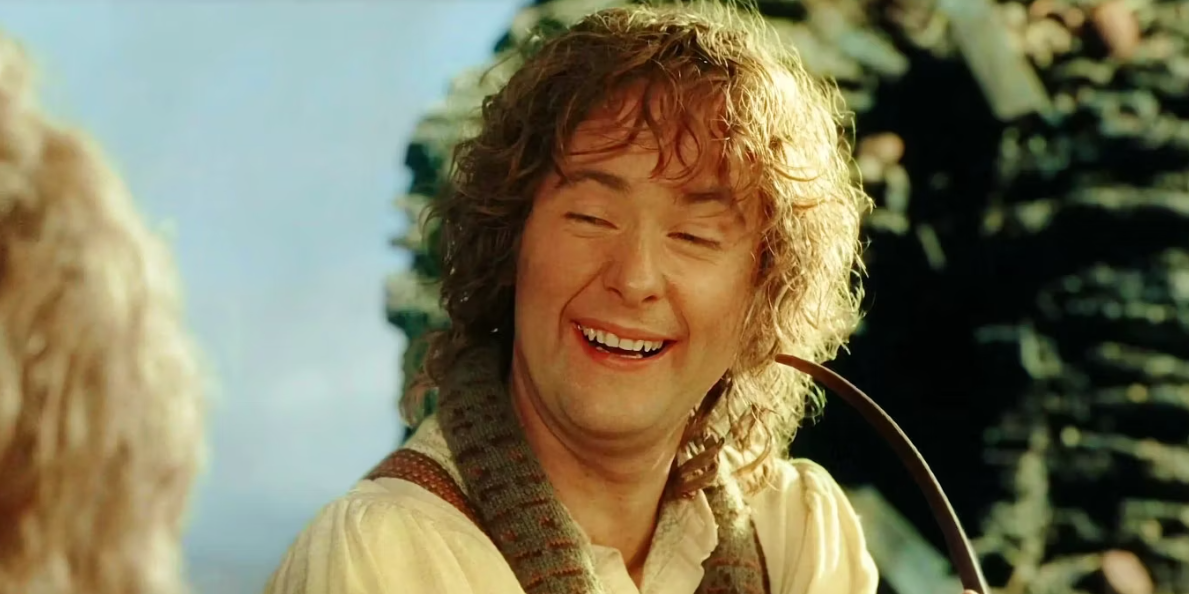
While the term ‘fool of a Took’ may be utterly iconic, Pippin Took is younger and more curious than he is foolish in the books. Jackson with the films decided to emphasise Pippin’s mistakes to create comedic moments, whereas in the book Pippin’s mistakes are purely naive (like dropping a pebble down a well in Moria to see how deep it is).
Gimli doesn’t try to destroy the Ring in the books
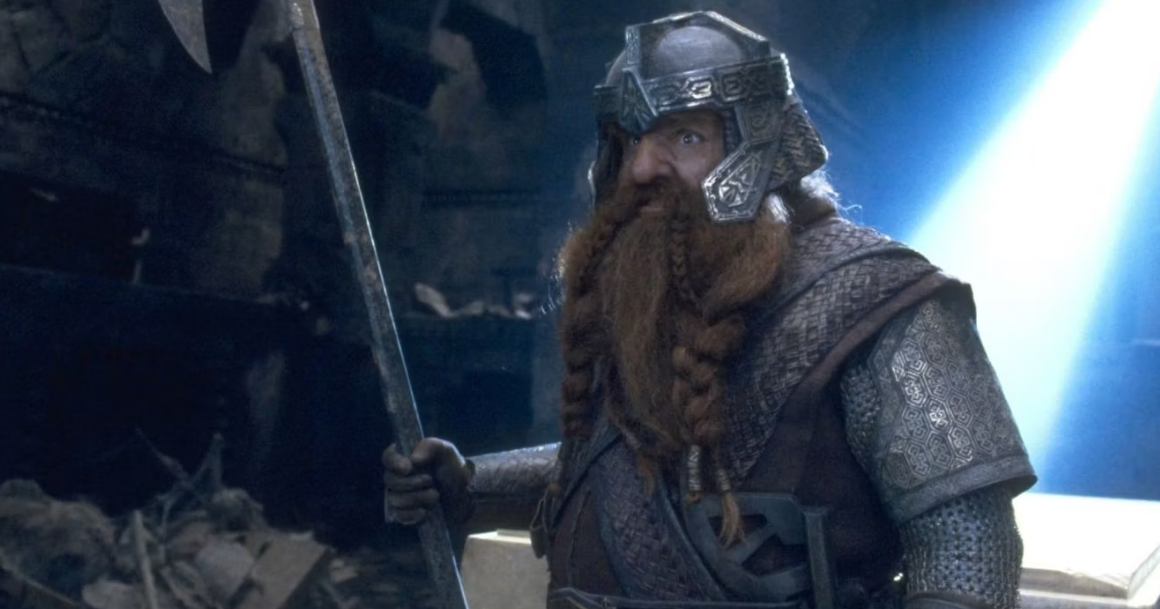
In the Fellowship of the Ring film, Gimli actually tries to destroy the Ring. During the Council of Elrond, the dwarf takes his axe and tries to simply destroy the Ring instead of taking the quest to Mordor. Gimli is wiser and less rash in the books, so understands that this would accomplish nothing.
The Dúnedain are largely absent from the films
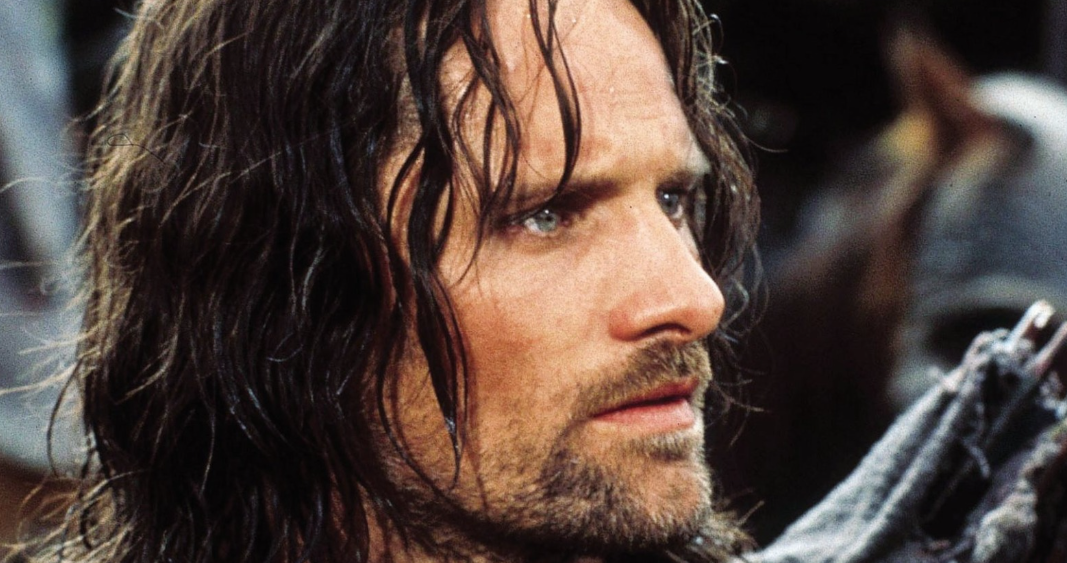
One of the races in Middle-earth is an ancient race of men known as the Dúnedain. Aragorn is a descendant of these people and in the books, we meet others such as The Grey Company. This company of fighters supports the fellowship through the war, but this isn’t shown to such an extent in the films, with the Army of the Dead taking their place in one fight.
Arwen’s brothers’ roles are reduced in the films
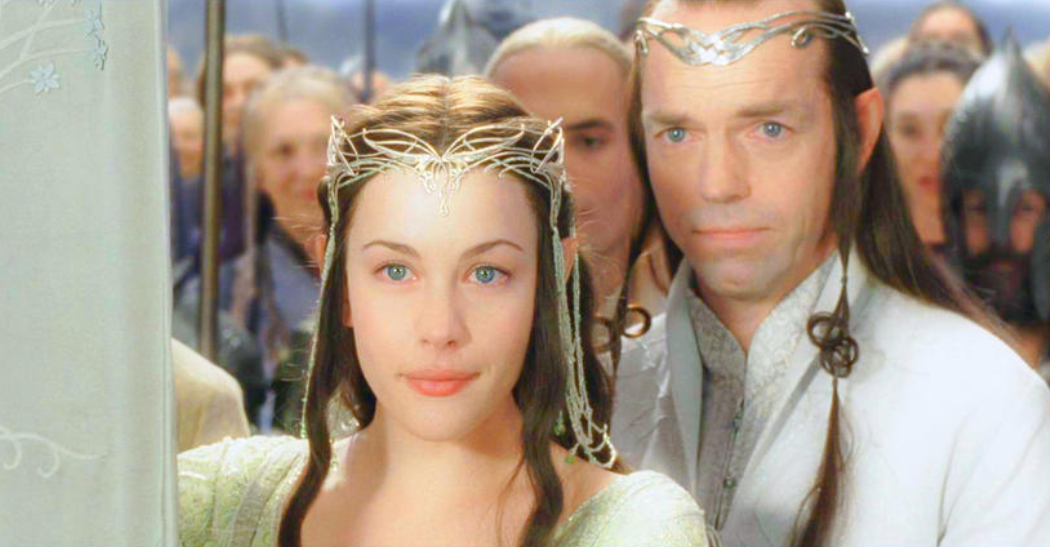
Elrond’s daughter Arwen is one of the (if not the) most significant female characters in the LOTR series. But if you haven’t read the books, you may not know that Elrond also has sons. In the books, Elrohir and Elladan fight with Aragorn during the War of the Ring and stand by his side at the Battle of the Black Gate.